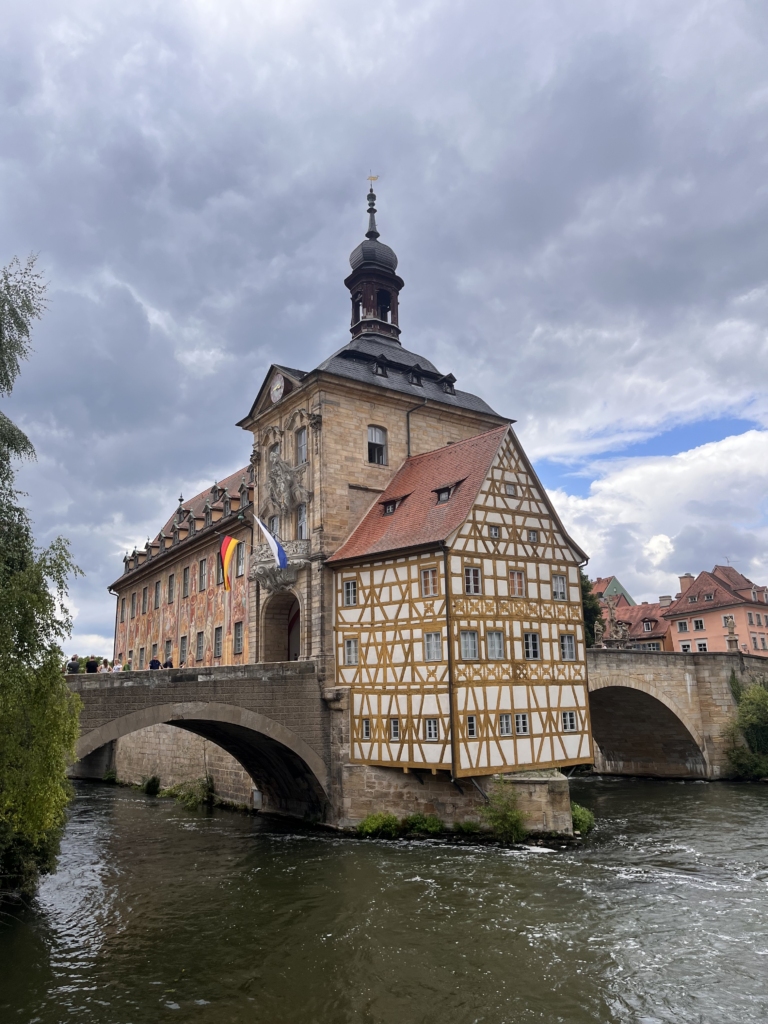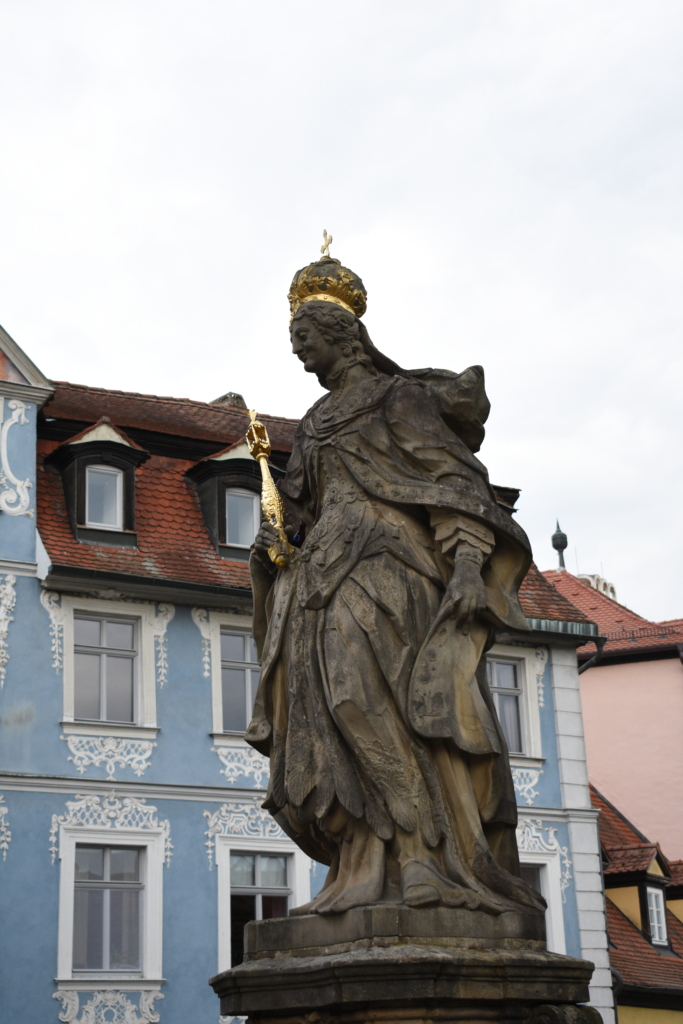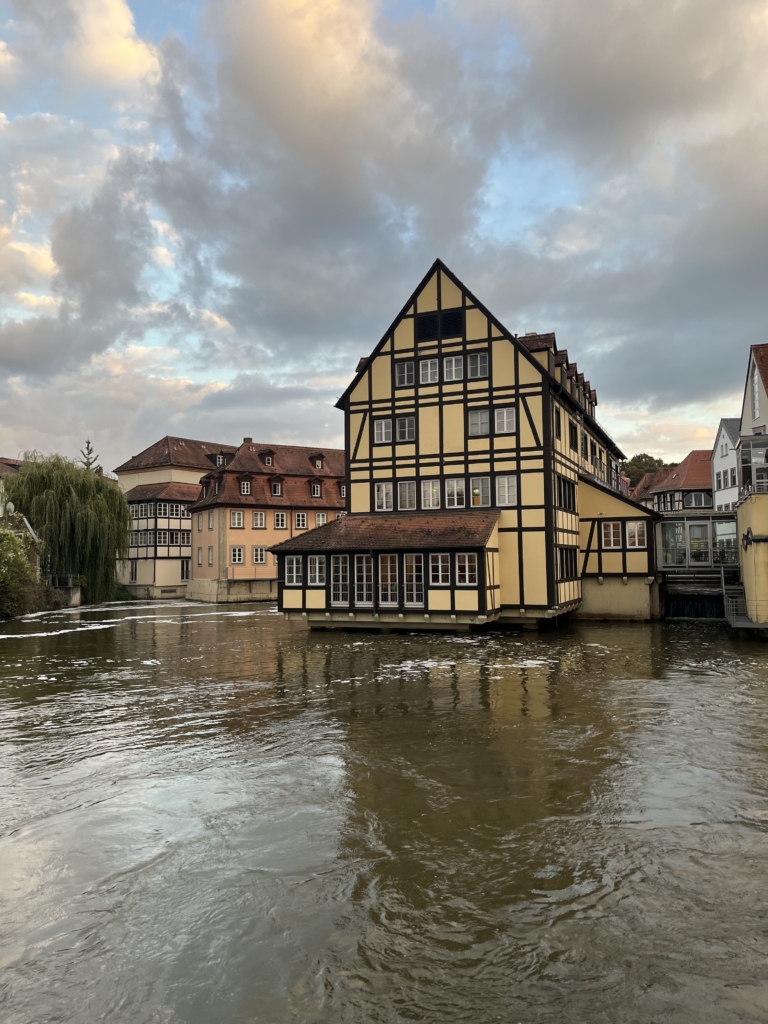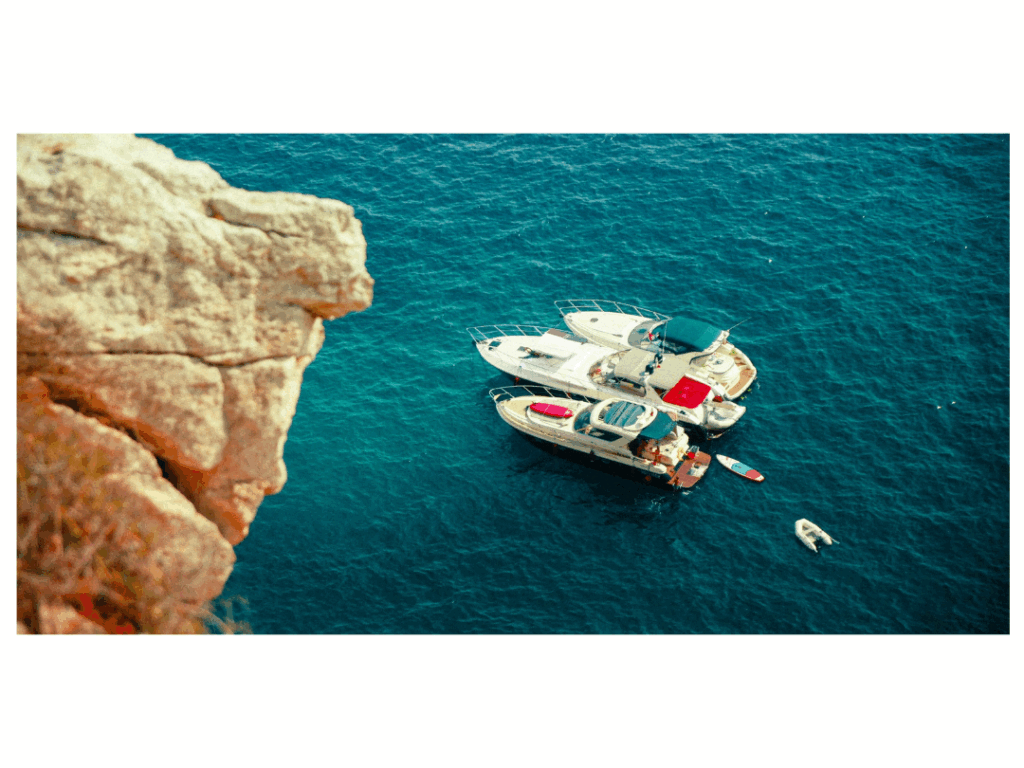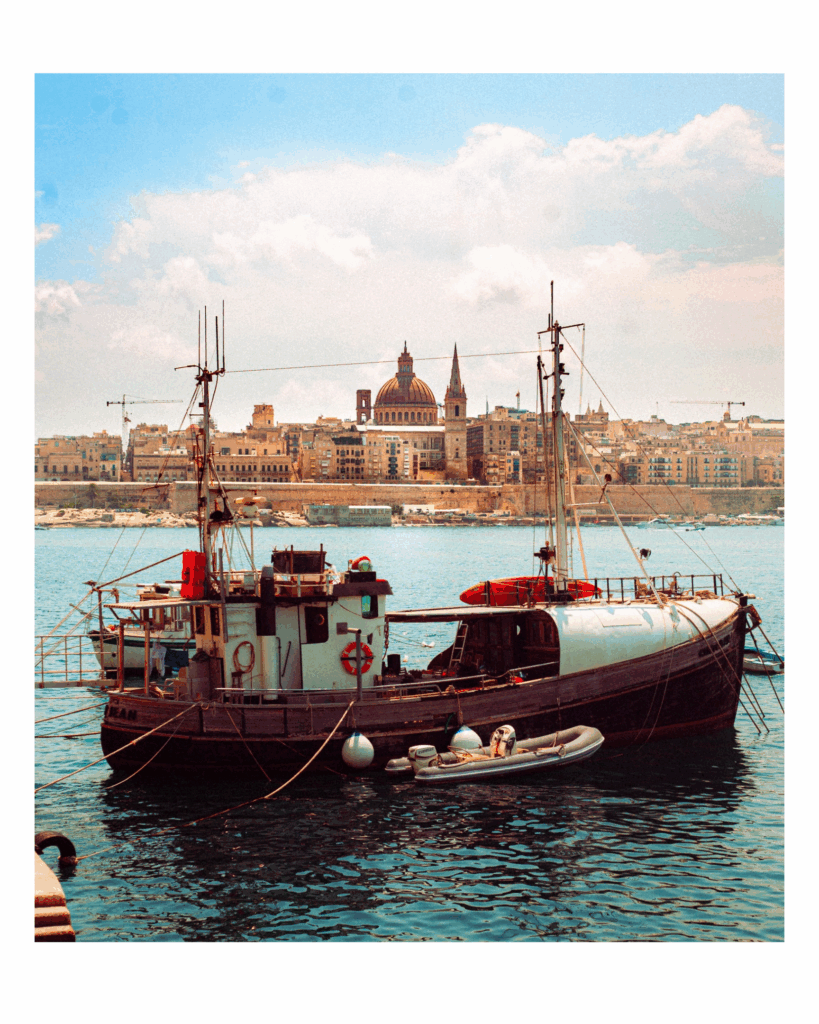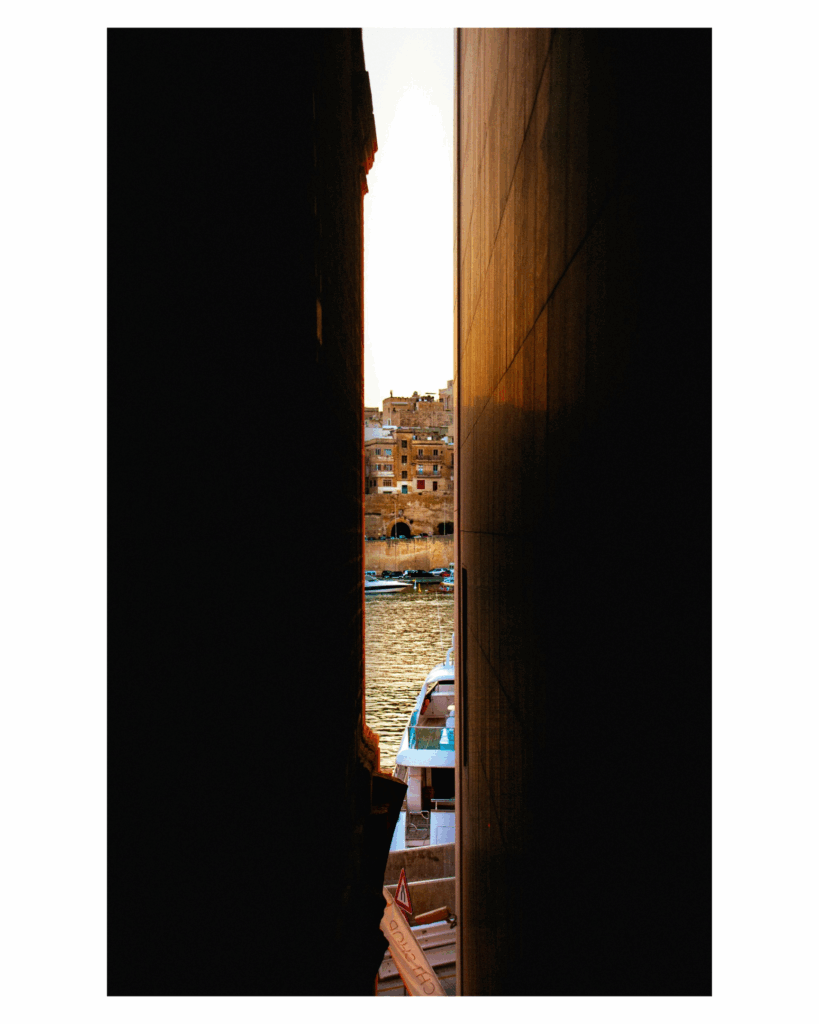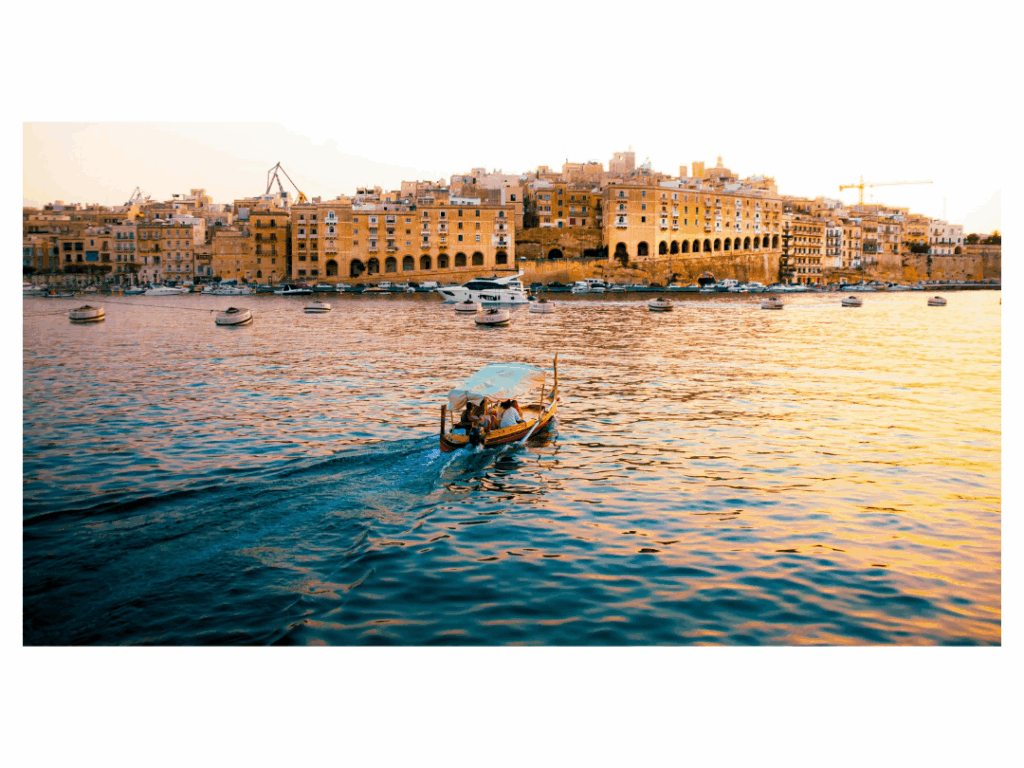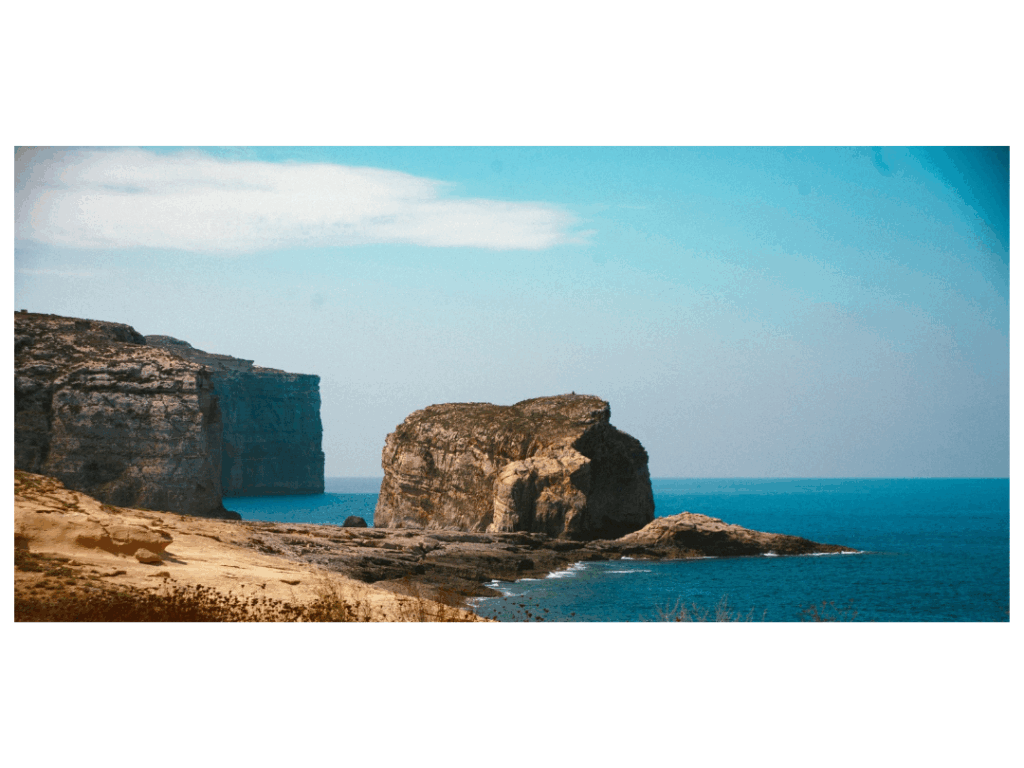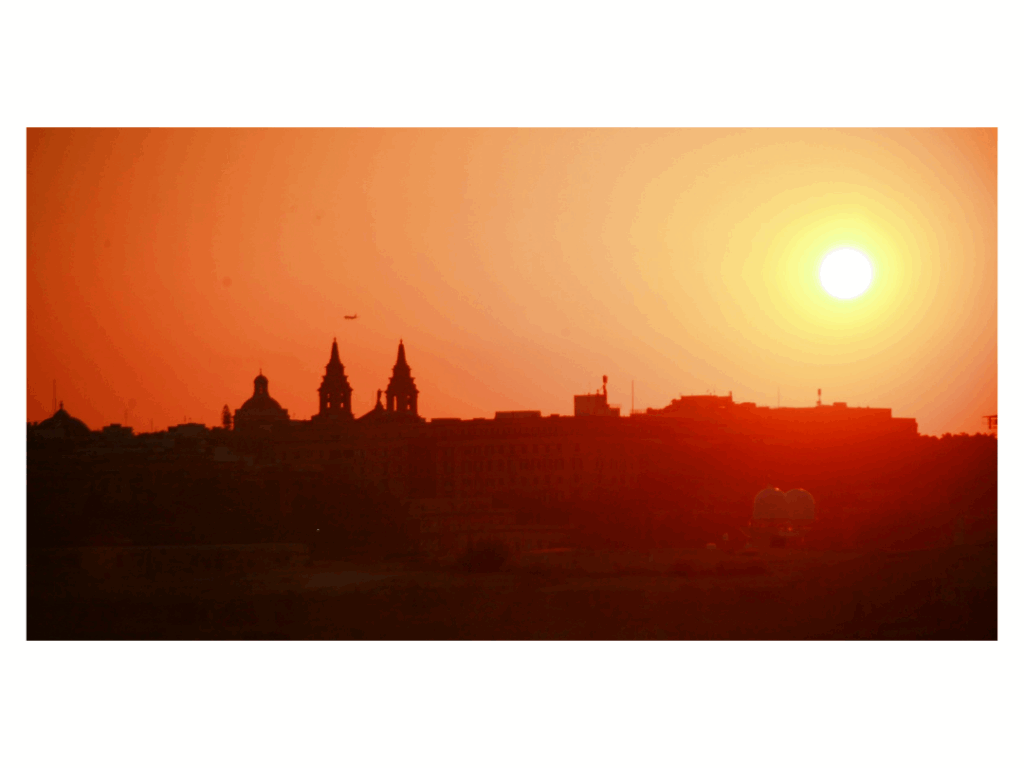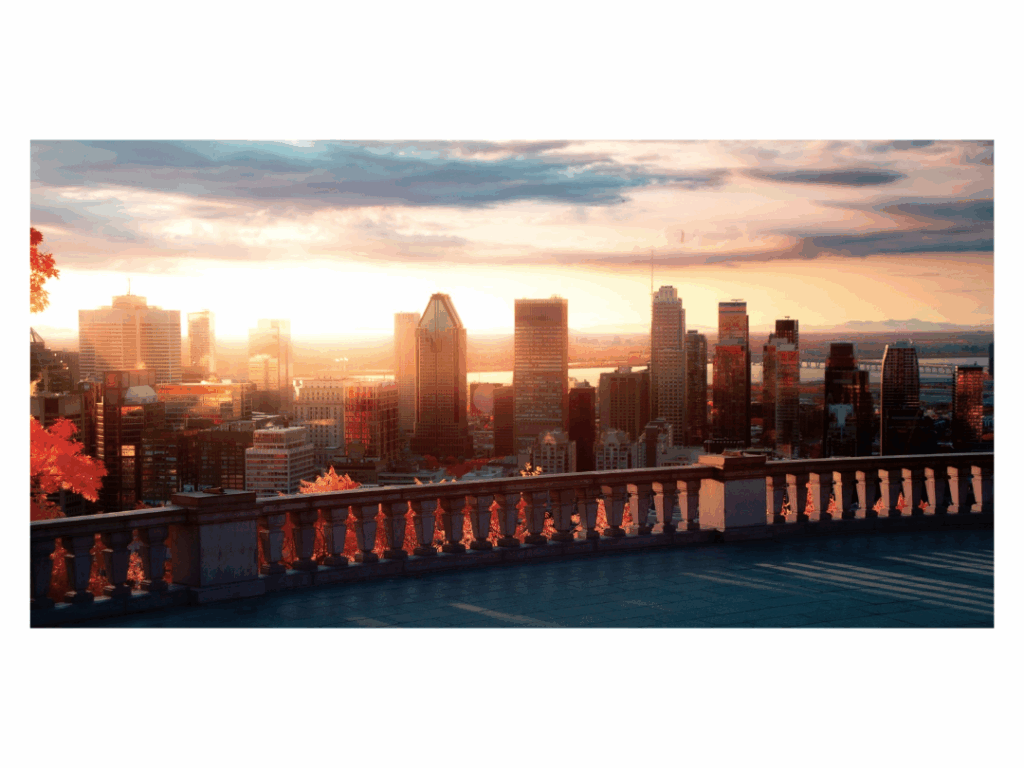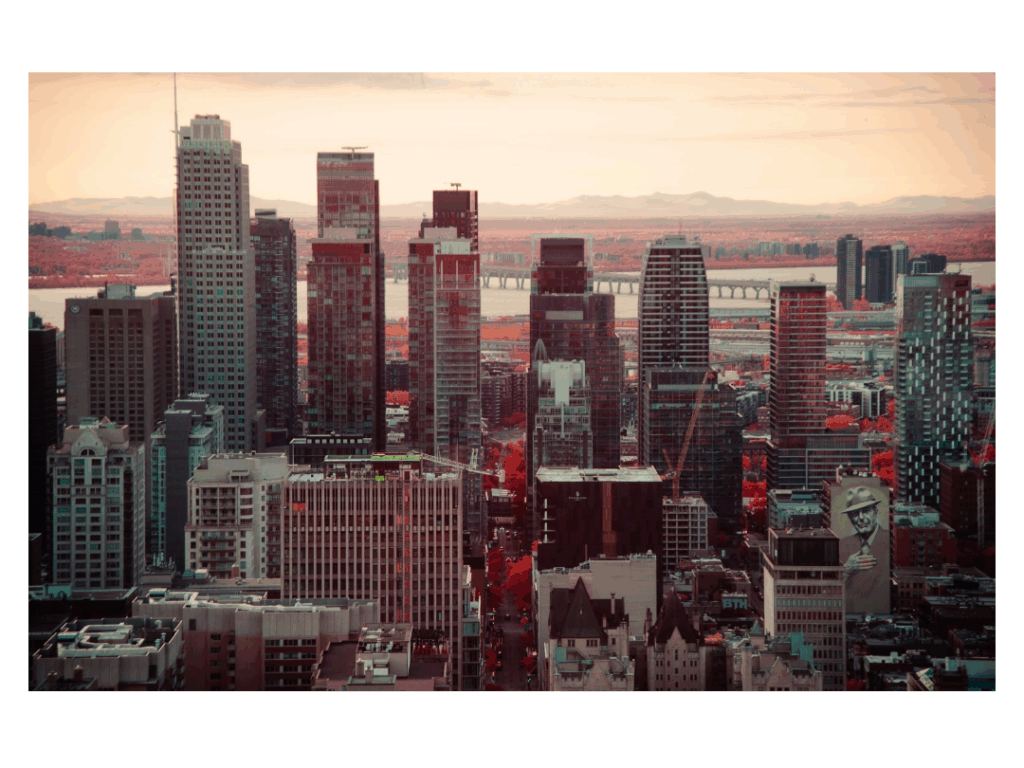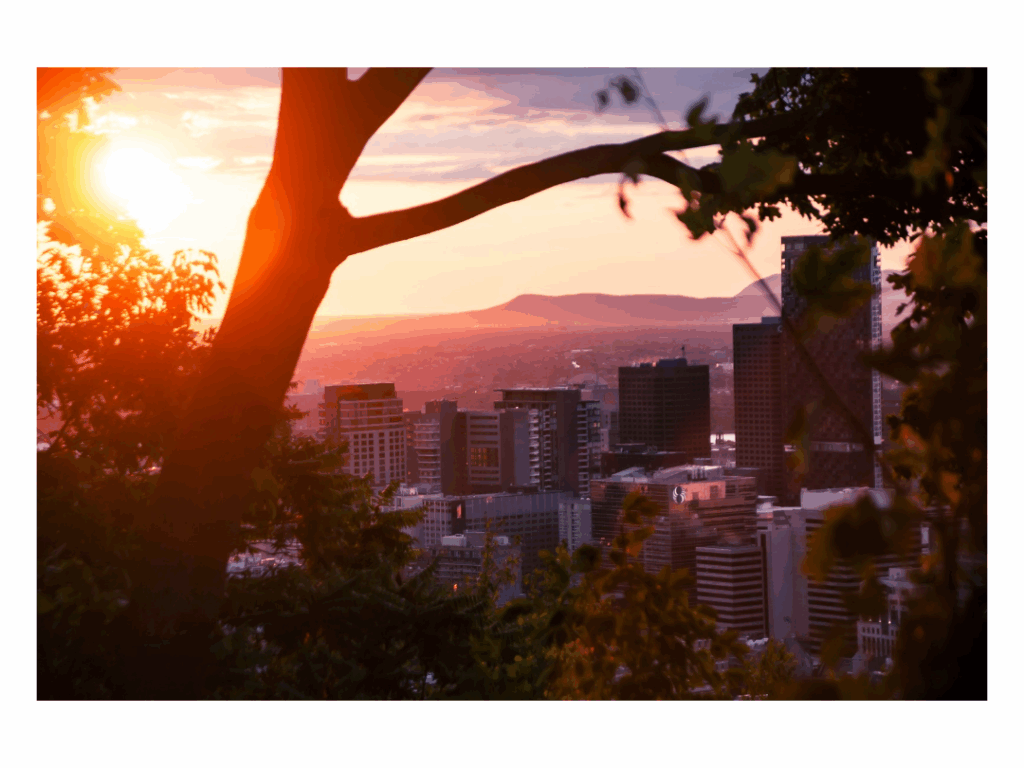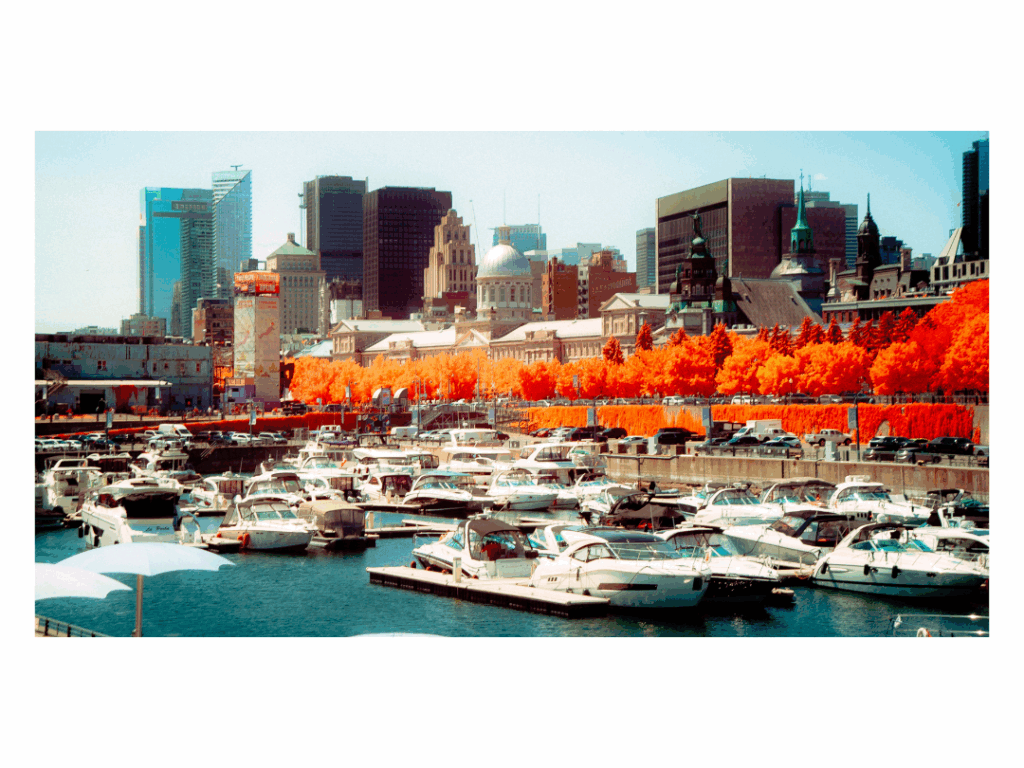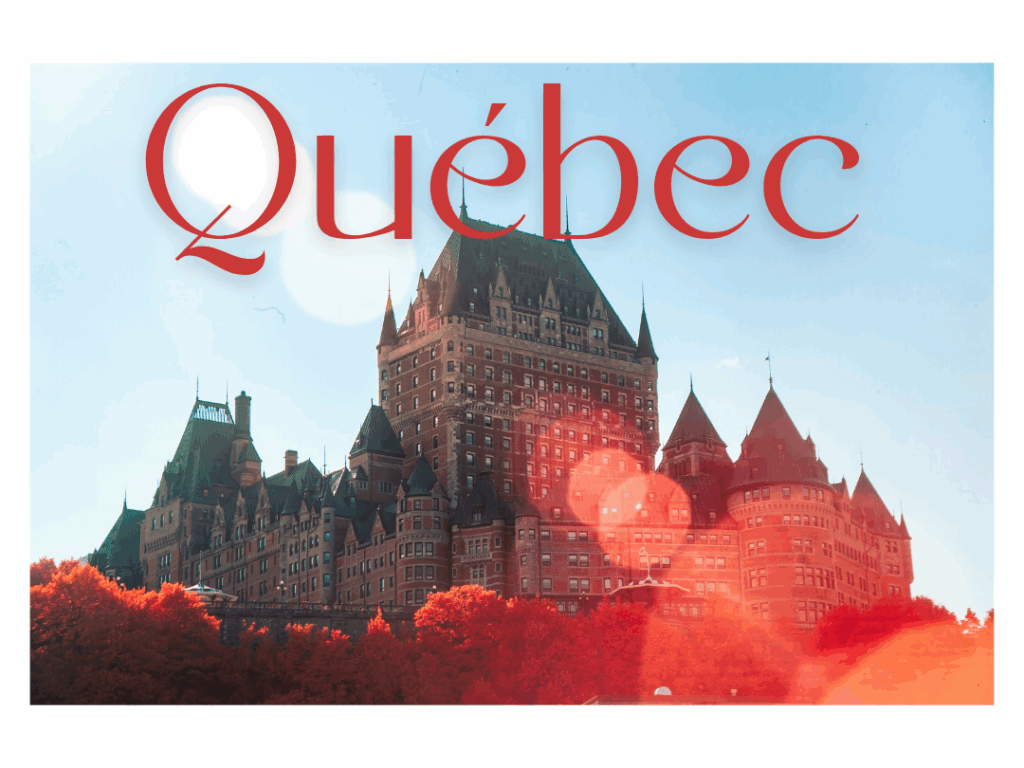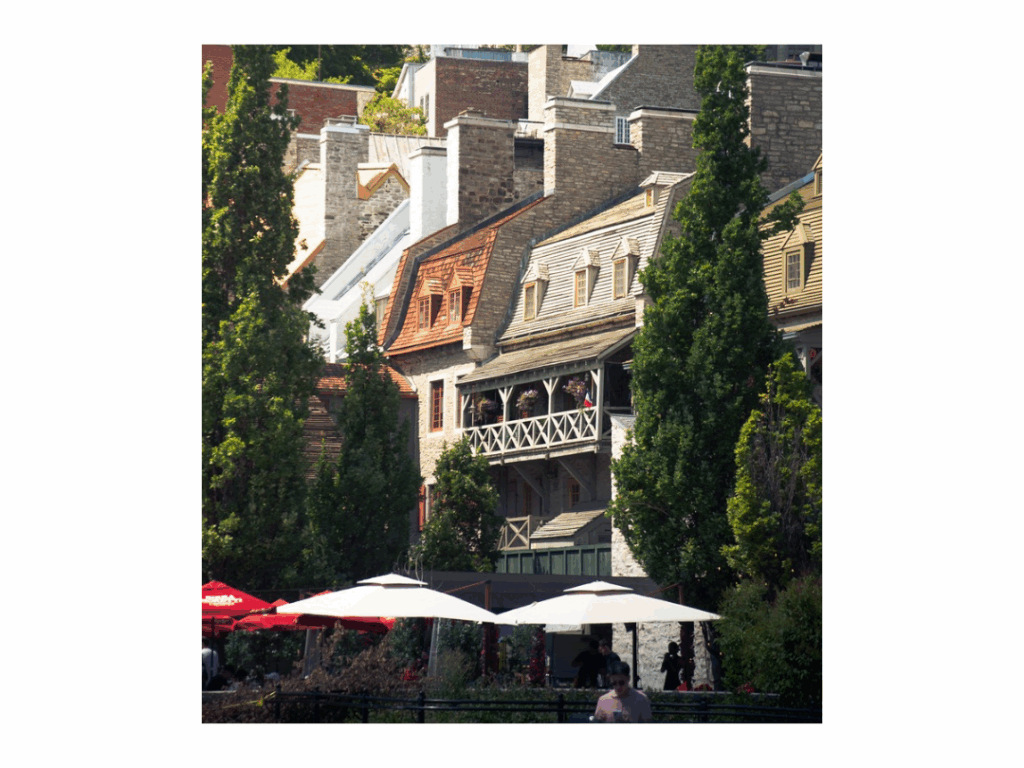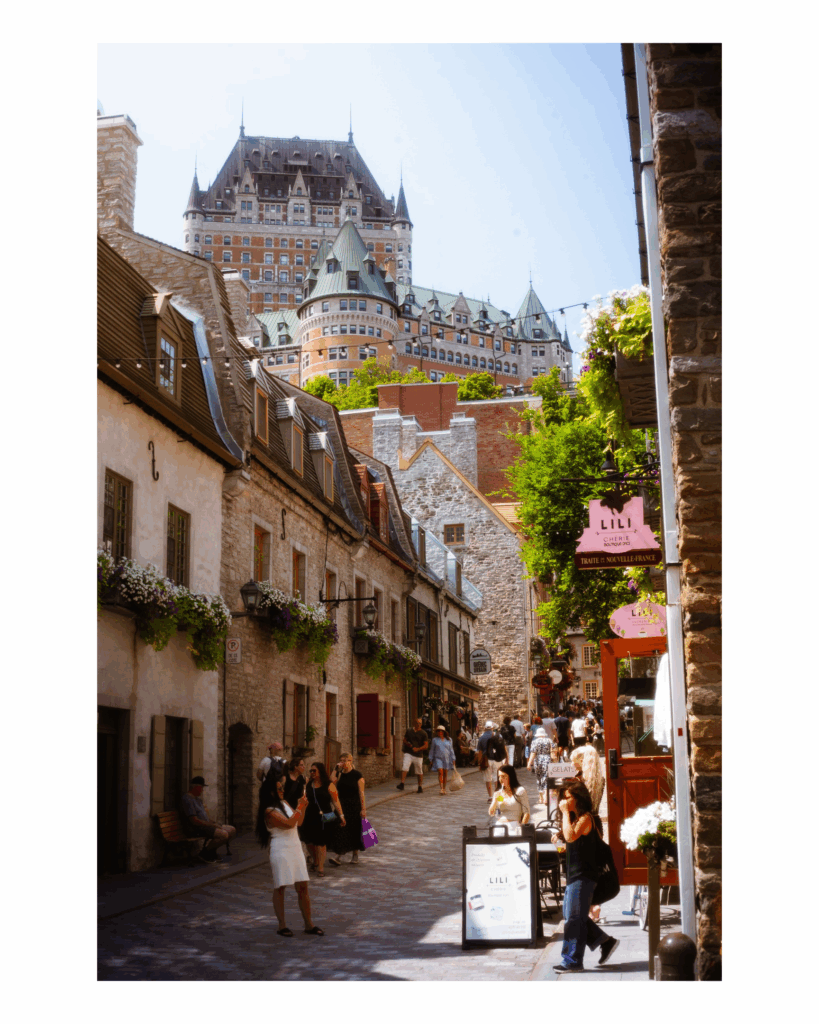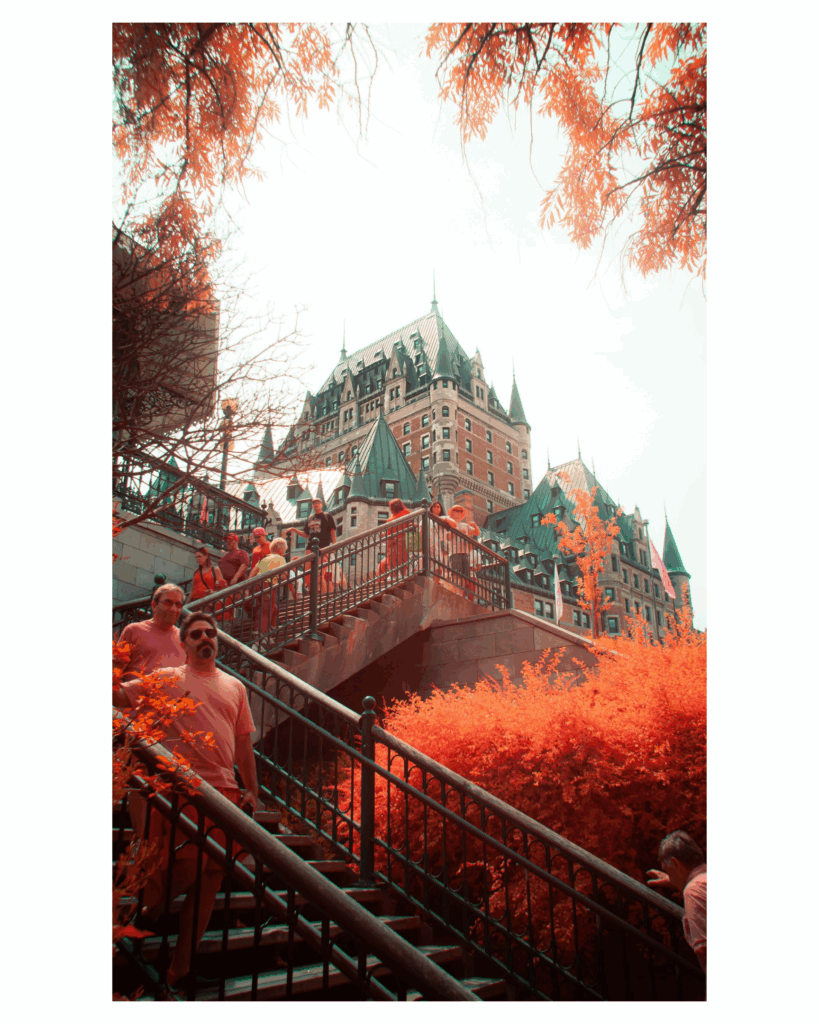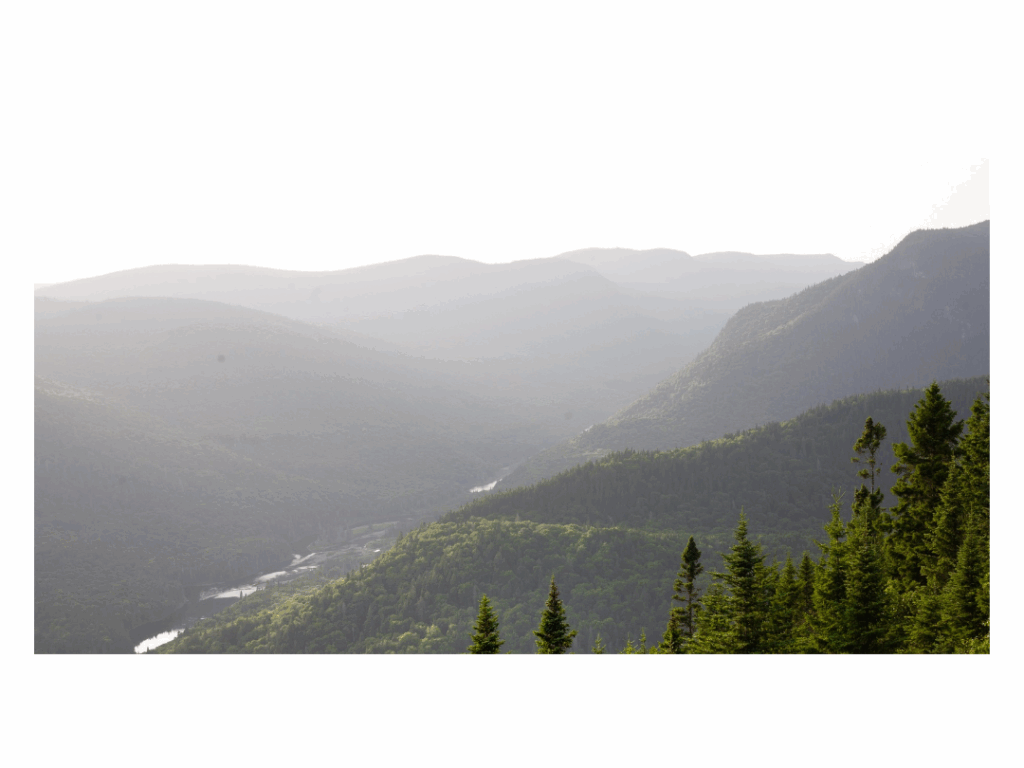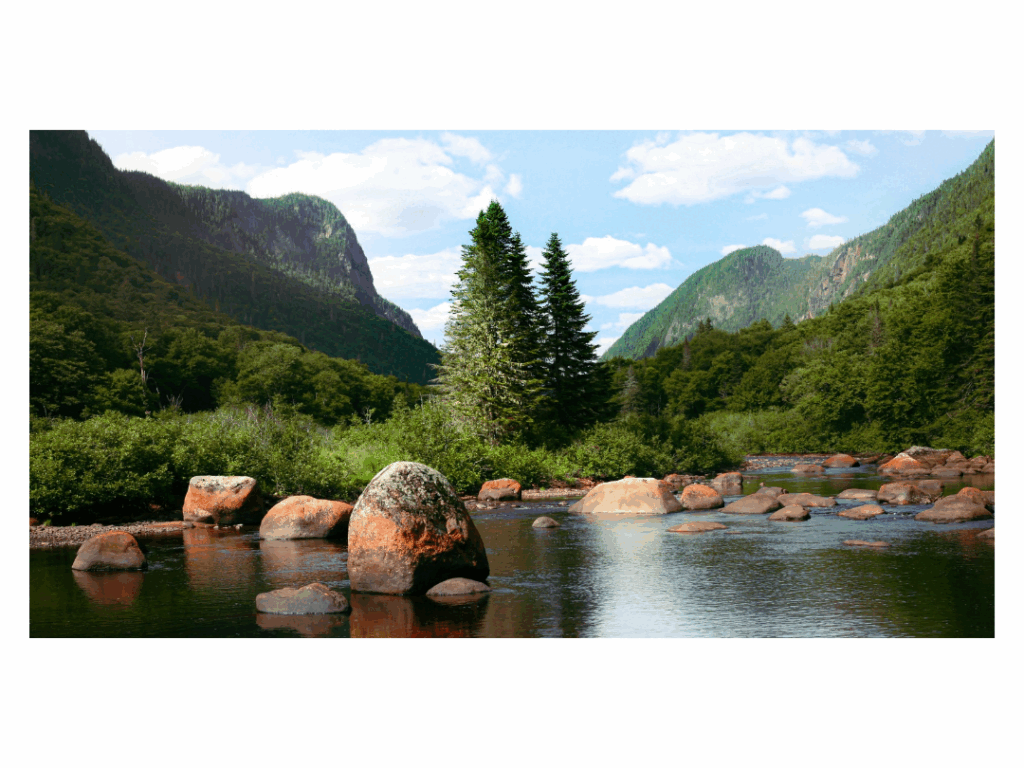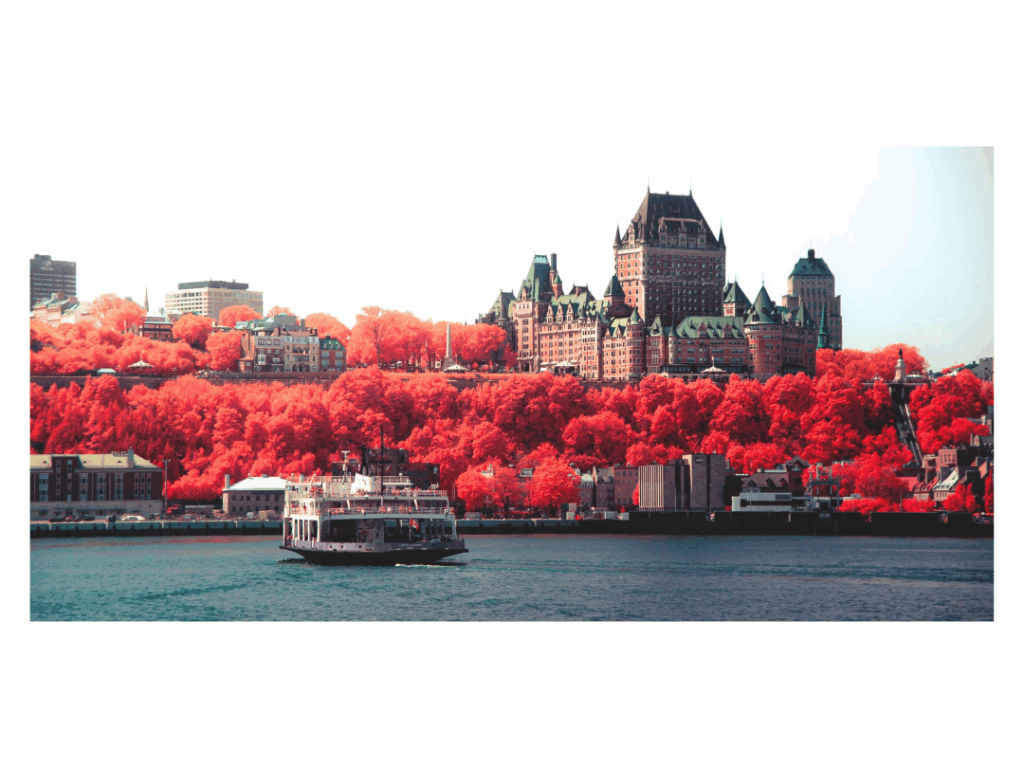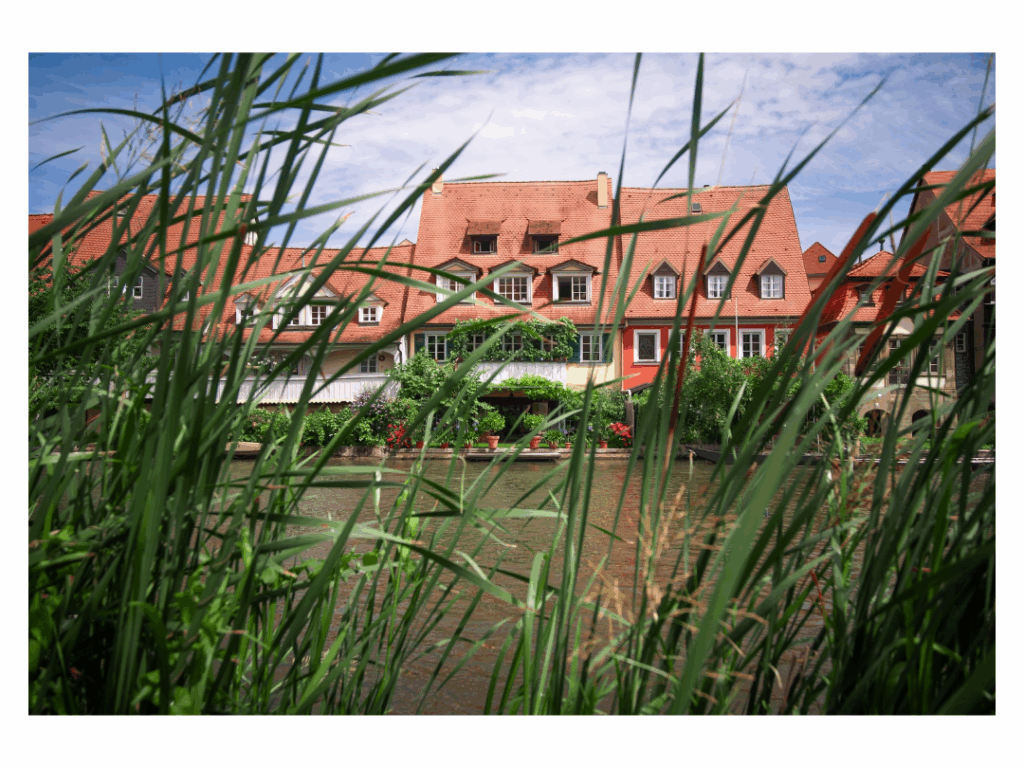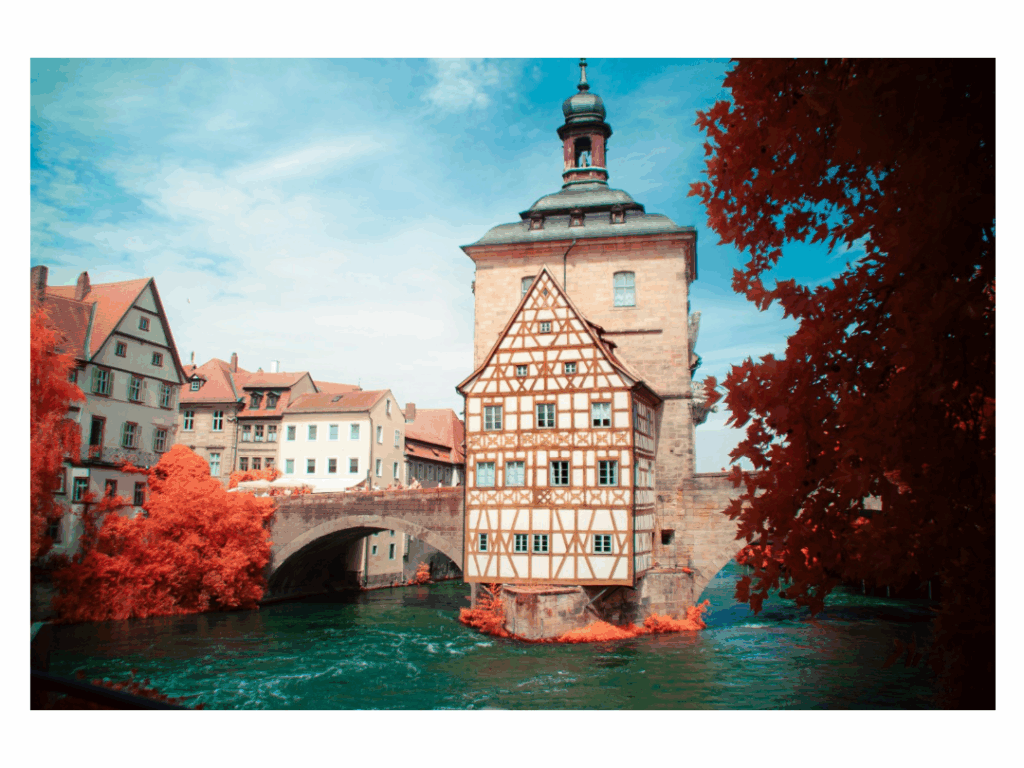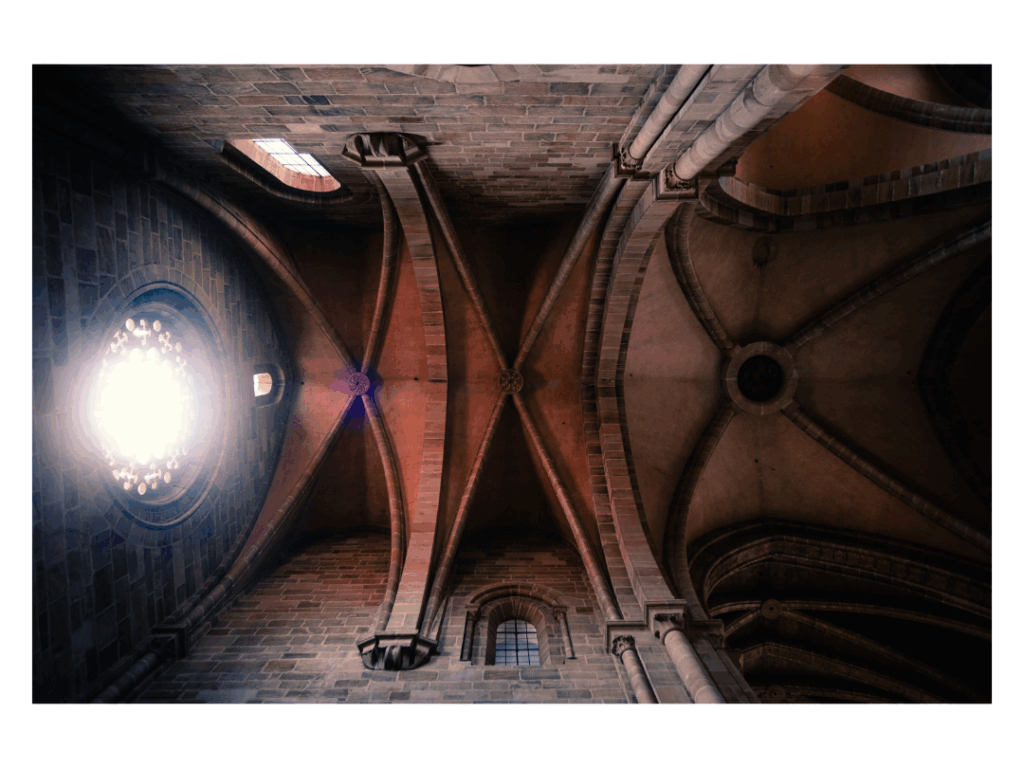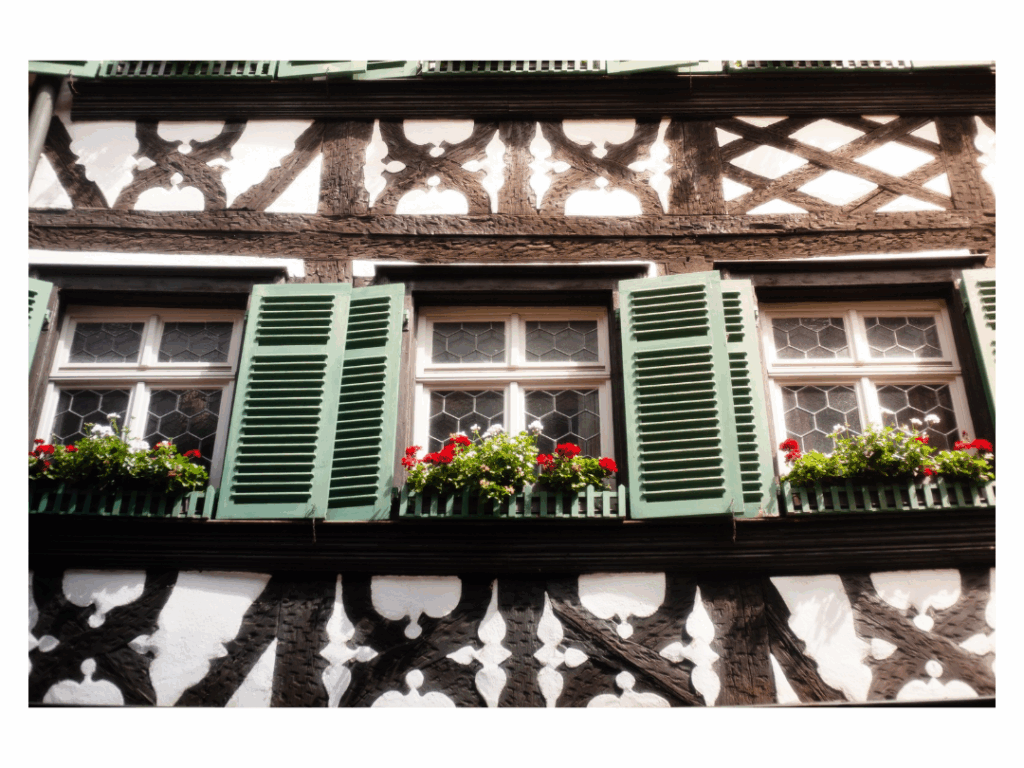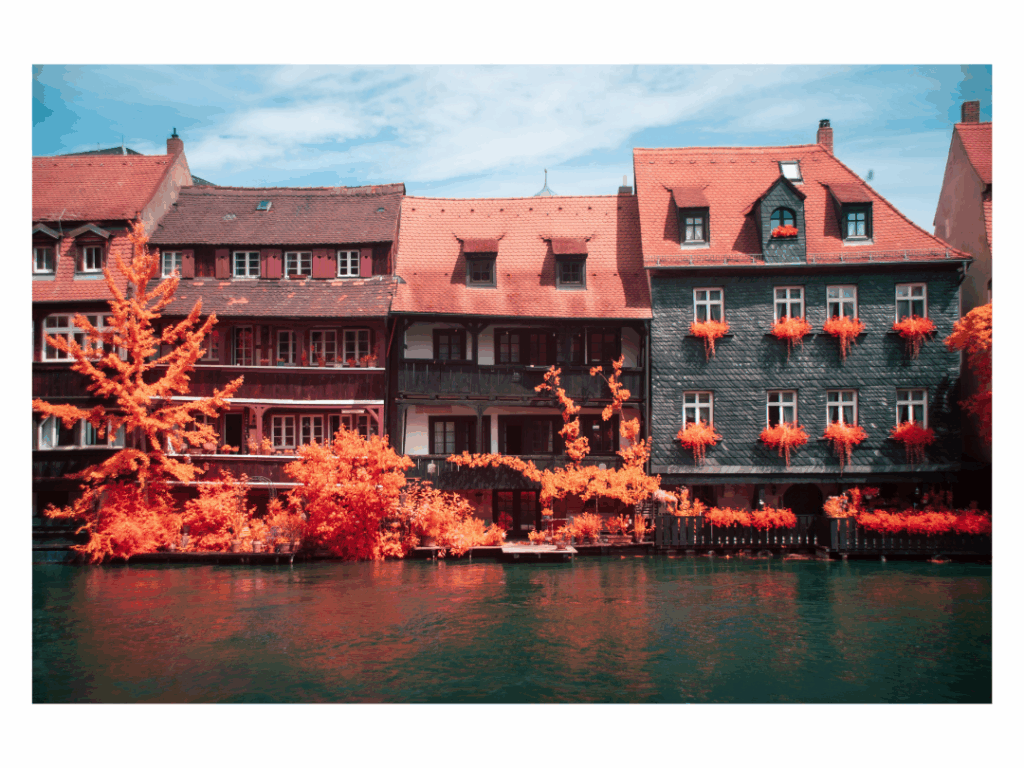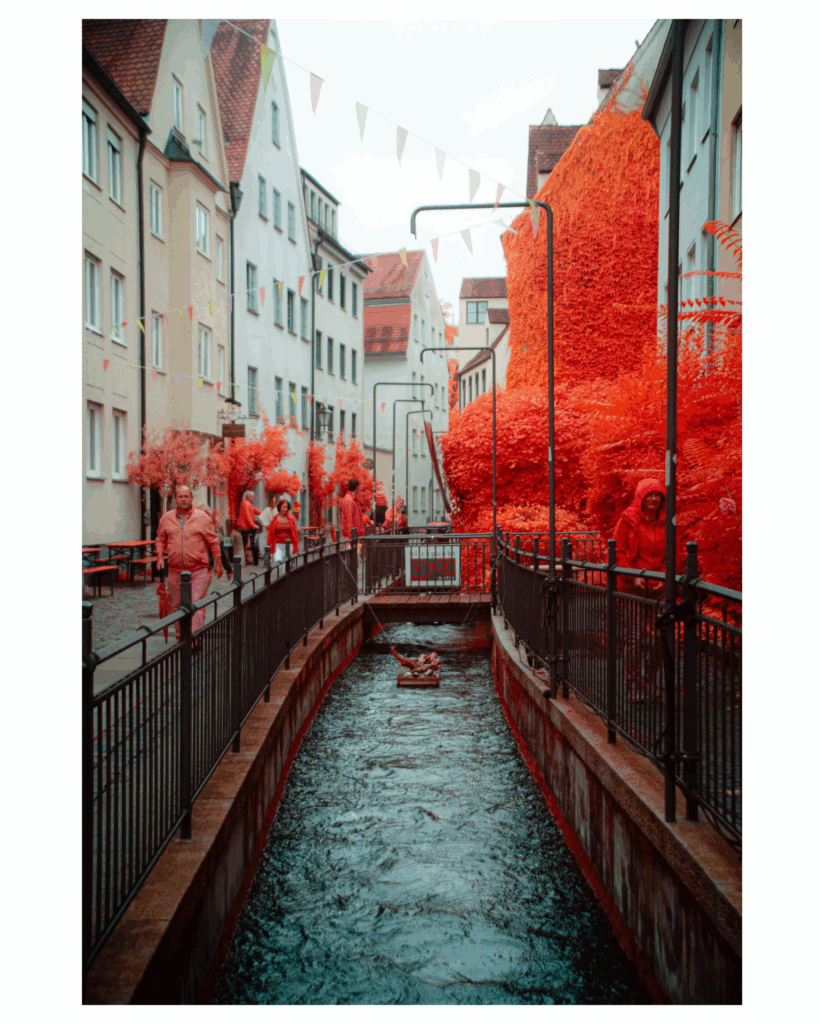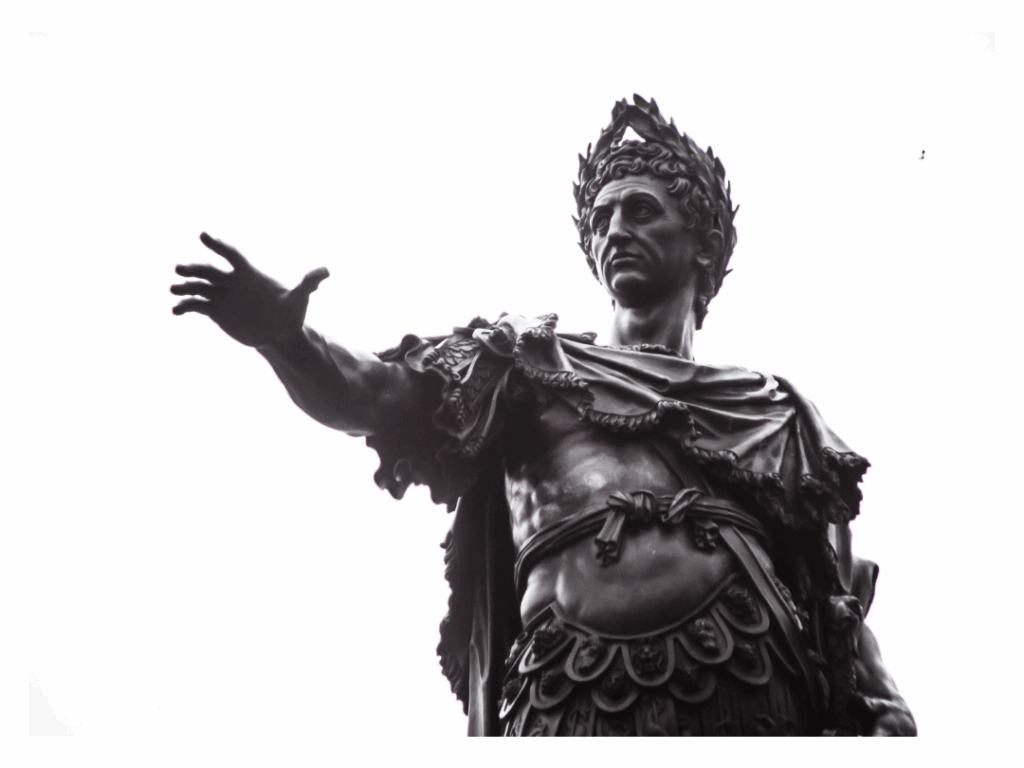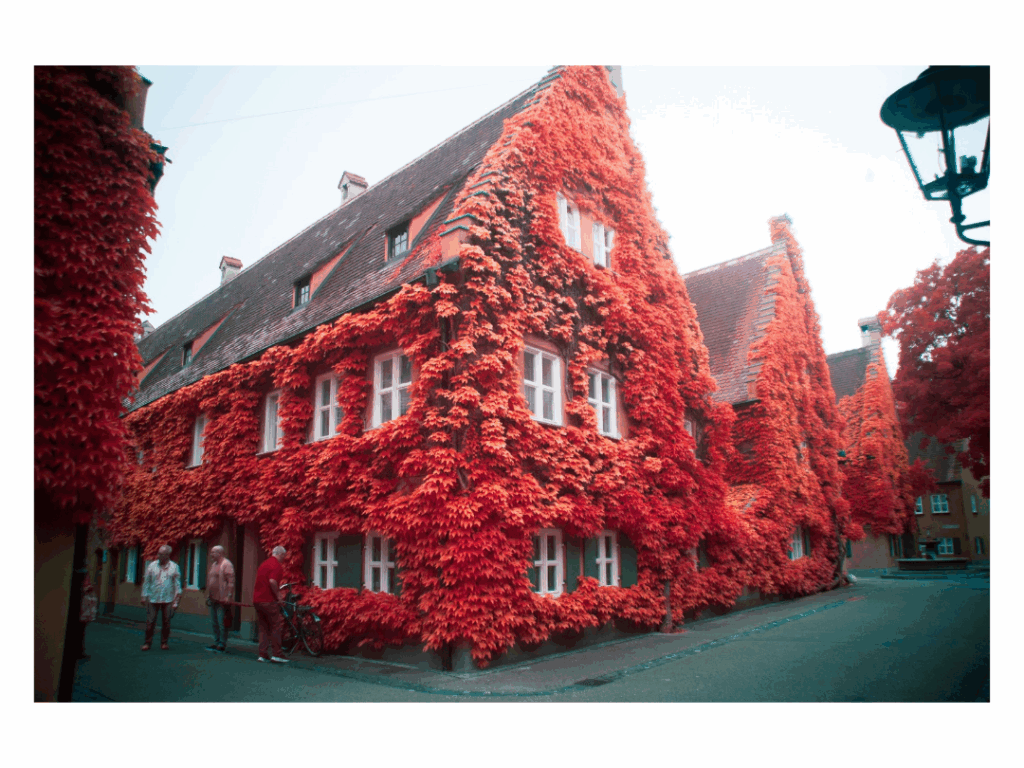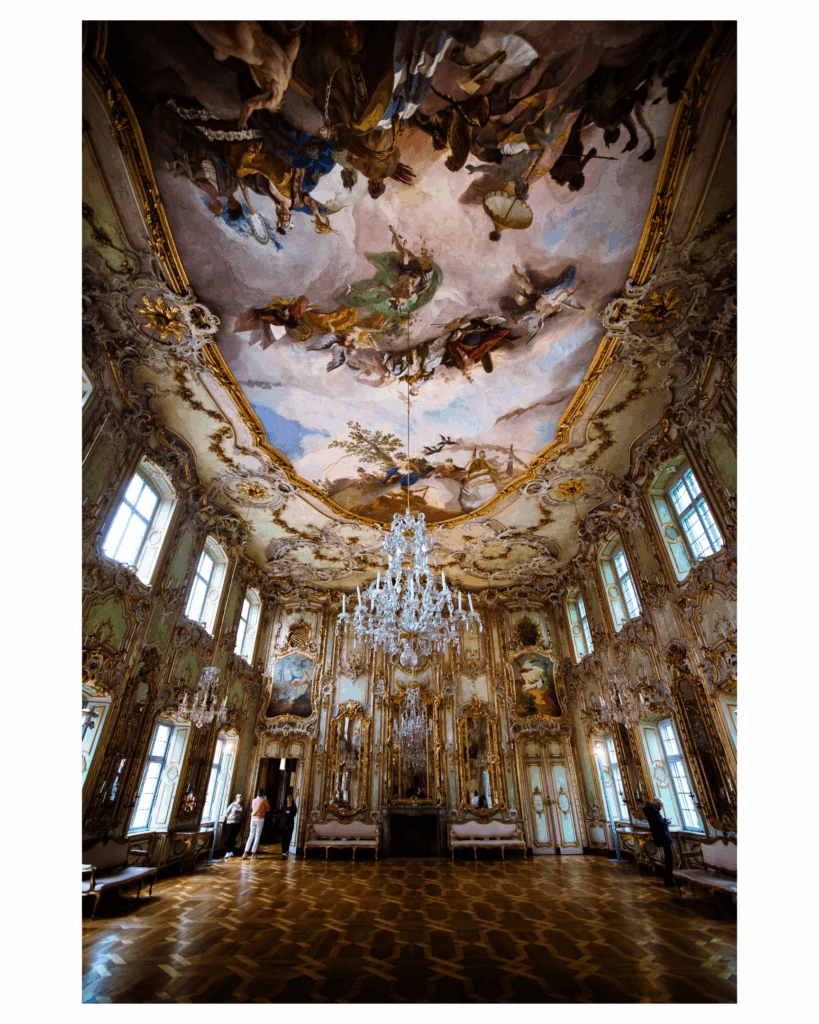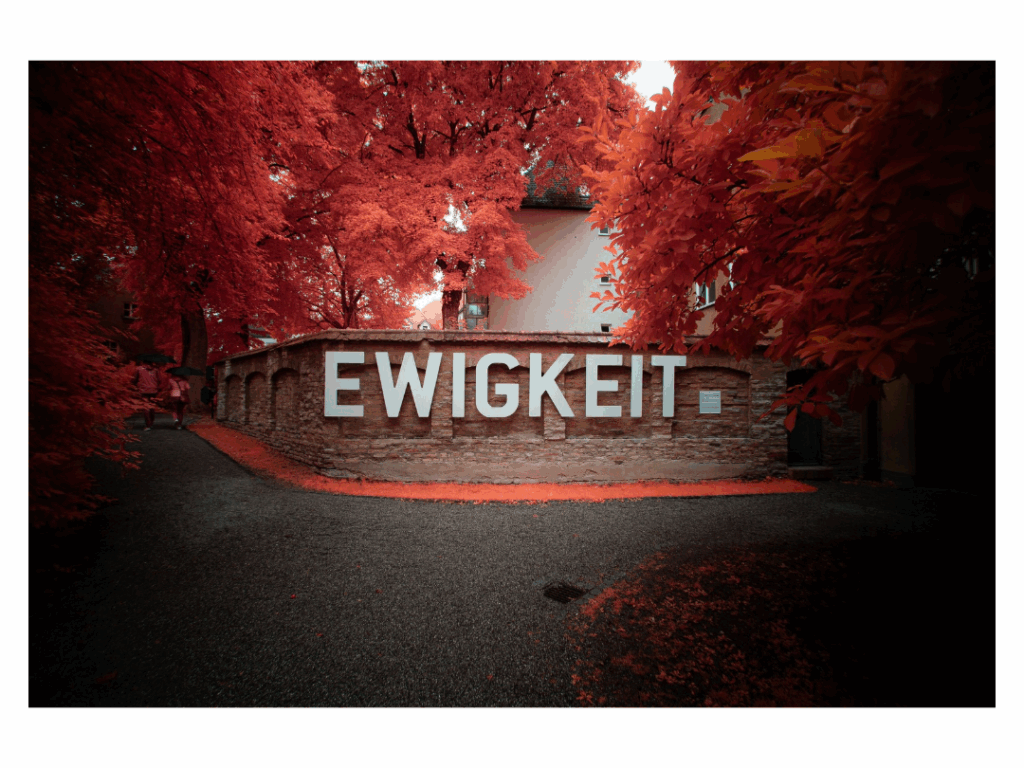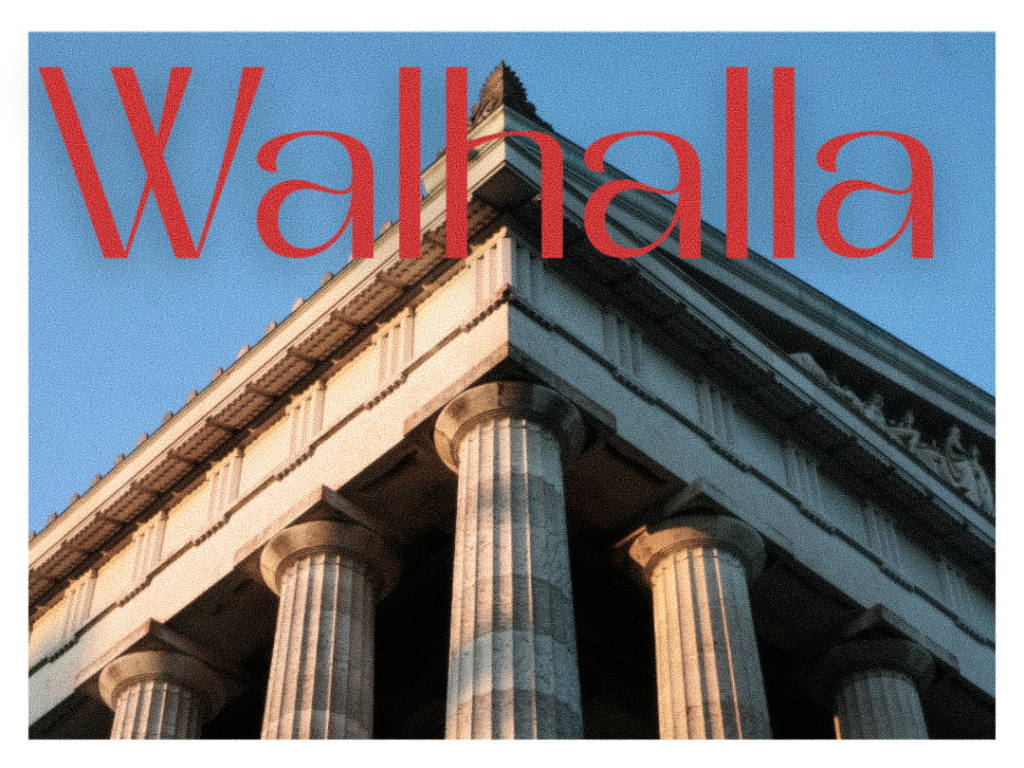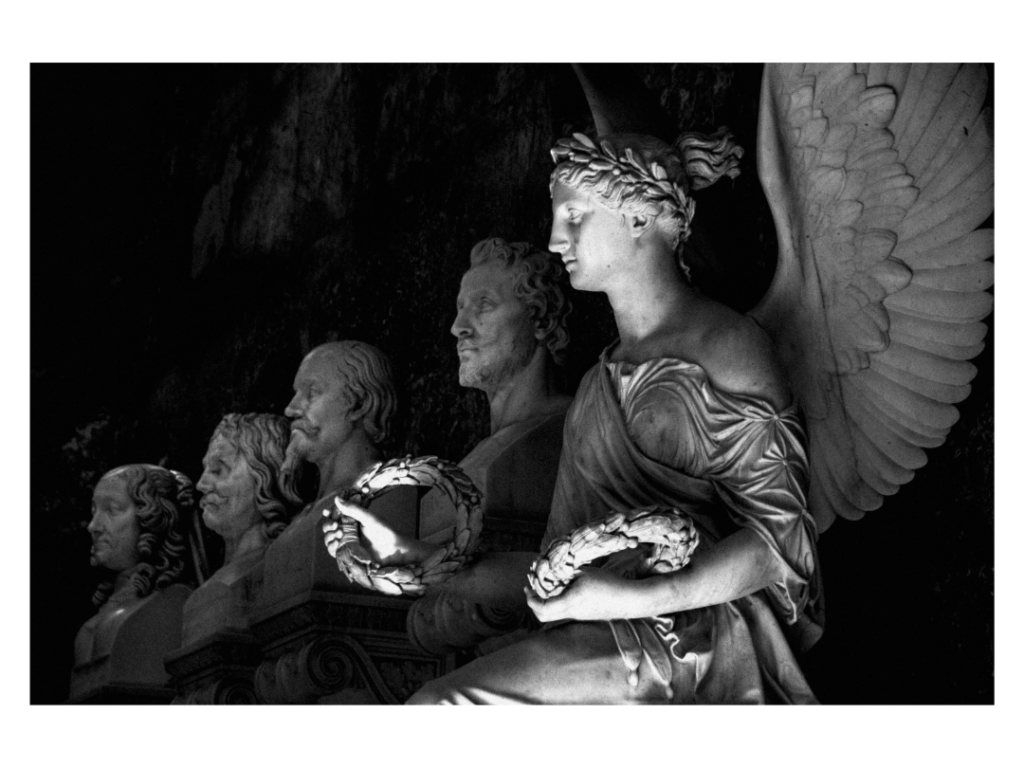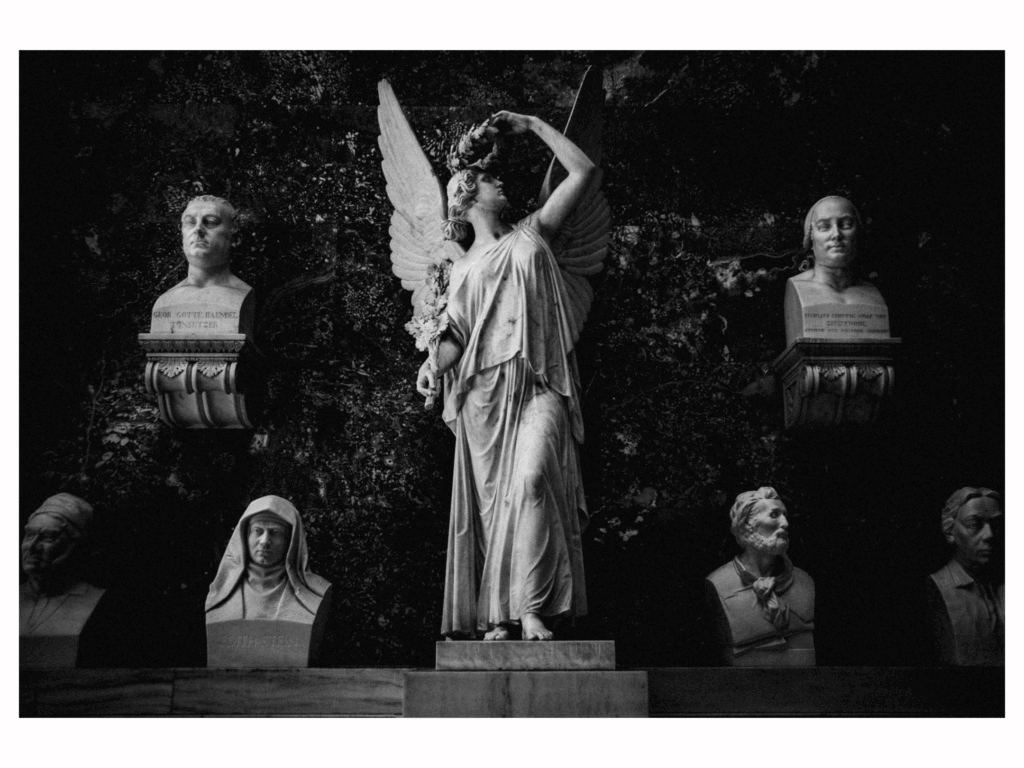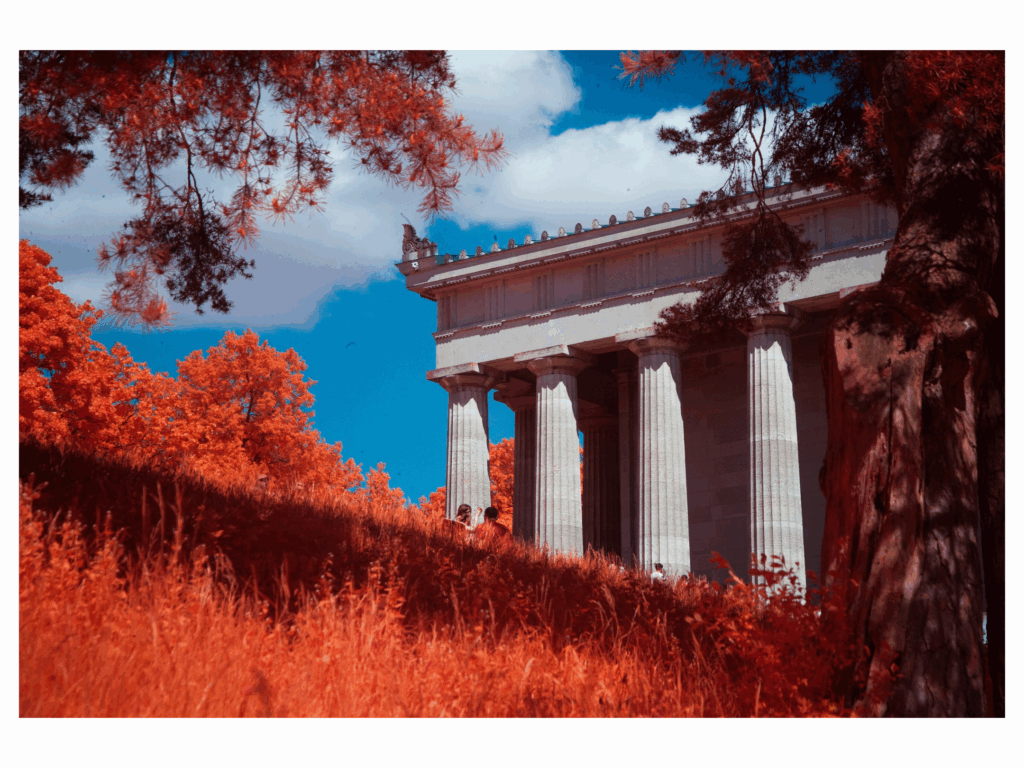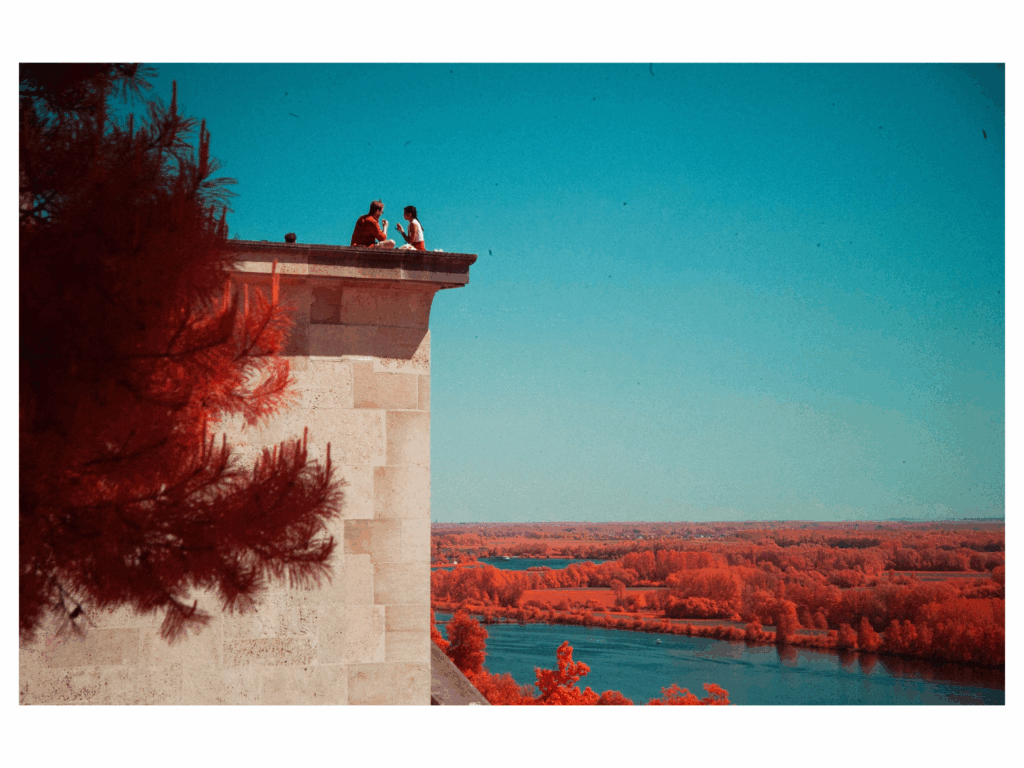Here it is, the last city of my travel route and a return to my homeland… I arrived in Strasbourg (France) on Friday afternoon, welcomed by the rain and by Marion Baudry, who is in charge of a great number of projects – including street naming ! – at 5e lieu, one of Strasbourg’s important institution in matter of culture and heritage. We discussed about the city’s less known history like the architectural changes it went through the last centuries, which is notably part of the criteria for which Strasbourg has been listed as a Unesco World Heritage Site. We will go through them in this last publication!
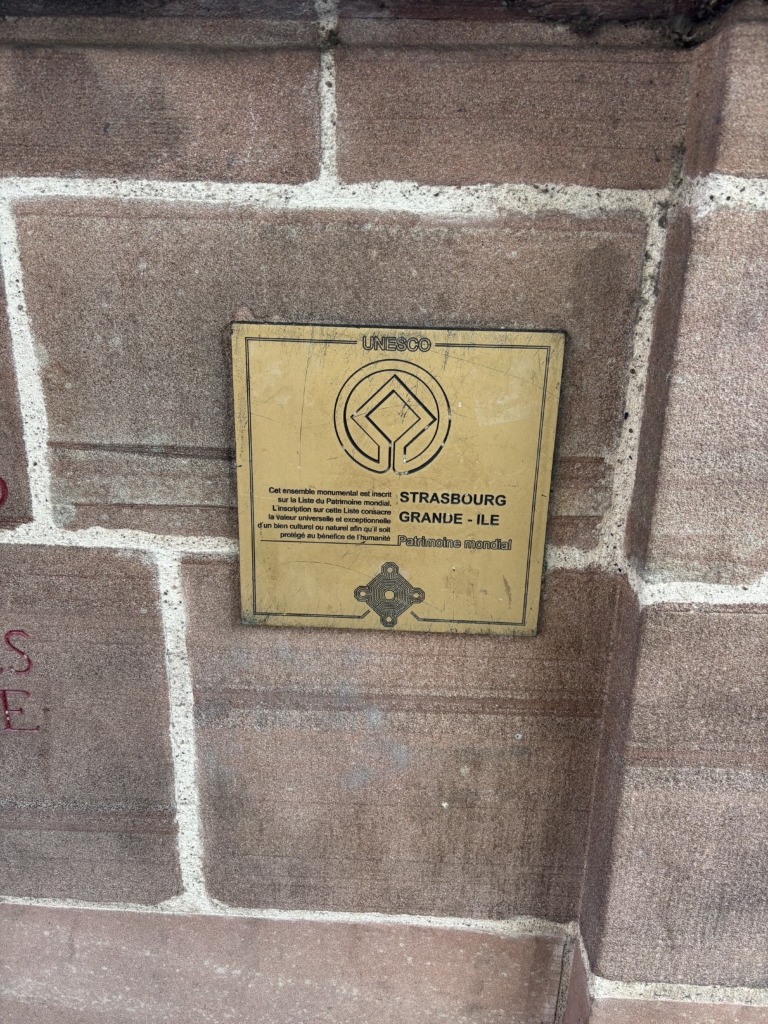
The first area designated as World Heritage is the Grand-Île, the inner island bounded by the Ill River (see on the picture below) listed in 1988. Following the Ill River, we pass next to the Corbeau Bridge and the former Ancienne Douane (Old Customs) built in 1358, now Nouvelle Douane (New Customs), which was once the most important civil institution of the city.
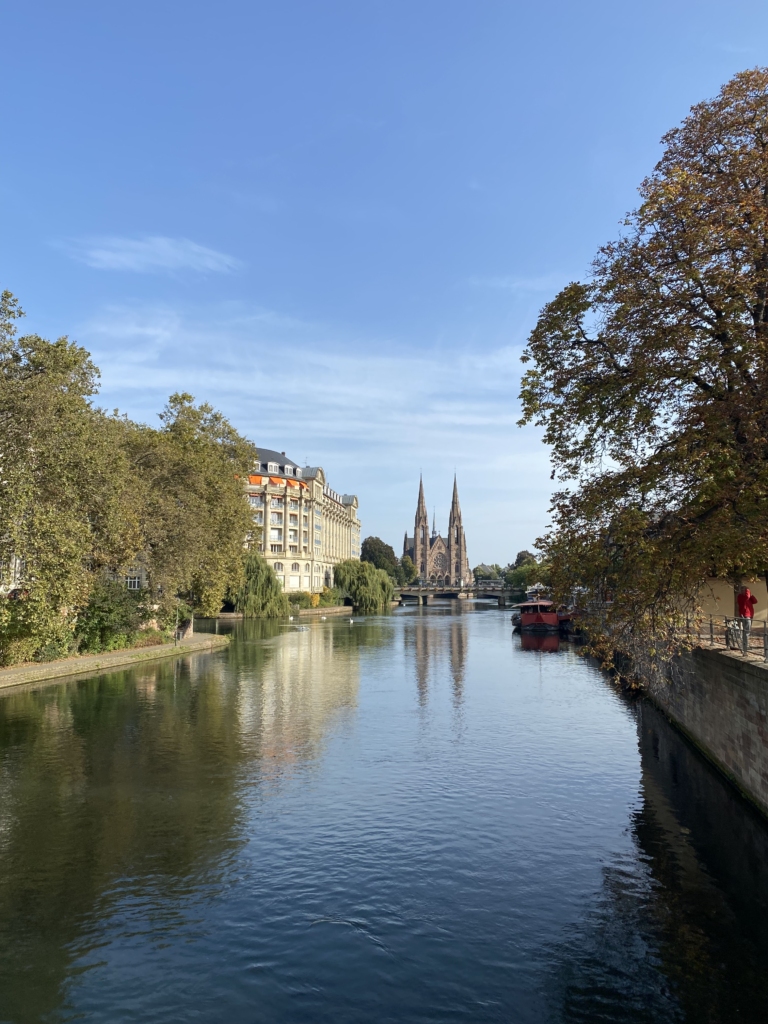
Before pursuing our journey on the Ill River, it is interesting to know that the city of Strasbourg was built around a capital monument : the Cathedral Notre-Dame de Strasbourg. The cathedral foundations date back almost a millennium but it was in construction until 1439.
Place of worship, but also the epicenter of the city around which the different neighborhoods were built, the legends and artists who visited Strasbourg over the centuries witnessed and testified of its symbolic significance both in the heart of Men as for the city’s Skyline. Victor Hugo, who lived a few months in Strasbourg, witnessed some of the city’s historic changes and even dedicated one of his work to the Rhine River. Fiction composed of letters written by a scientific, Le Rhin (1842) takes us on an archeological journey in the cities more or less close to Strasbourg so as in the city itself ! Here is what he wrote about the cathedral ;
L’énorme cathédrale, le sommet le plus haut qu’ait bâti la main de l’homme après la grande pyramide, se dessinait nettement sur un fond de montagnes sombres d’une forme magnifique, dans lesquelles le soleil baignait çà et là de larges vallées. L’œuvre de Dieu faite pour les hommes, l’œuvre des hommes faite pour Dieu, la montagne et la cathédrale, luttaient de grandeur. Je n’ai jamais rien vu de plus imposant. (Lettre XXIX, 08/1839 in Le Rhin,1842).
I couldn’t find an official translation online so the following is a retranscription of mine: The great cathedral, highest summit – after the great pyramid – built by the hand of a man, was taking shape on a background of dark mountains of a magnificent form, in which the sun bathed here and there wide valleys. The work of God made for Men, the work of Men made for God, the mountain and the cathedral, struggled of greatness. I have never seen anything as imposing.
Speaking of facts, its spire rising 142 meters above the ground and its unique bell tower make the Cathedral of Notre-Dame de Strasbourg the oldest cathedral from the Middle Ages that has survived to this day. Just like Prague’s City Hall, it also has an astronomical clock, jewel of the Renaissance, which is listed as historical heritage.
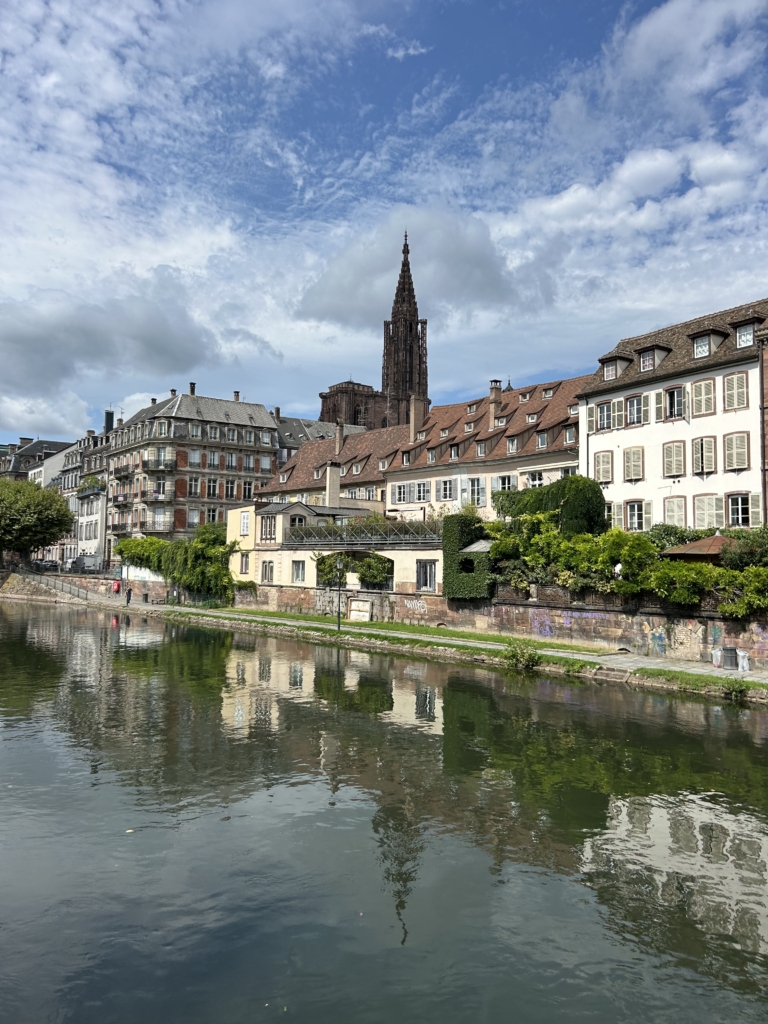
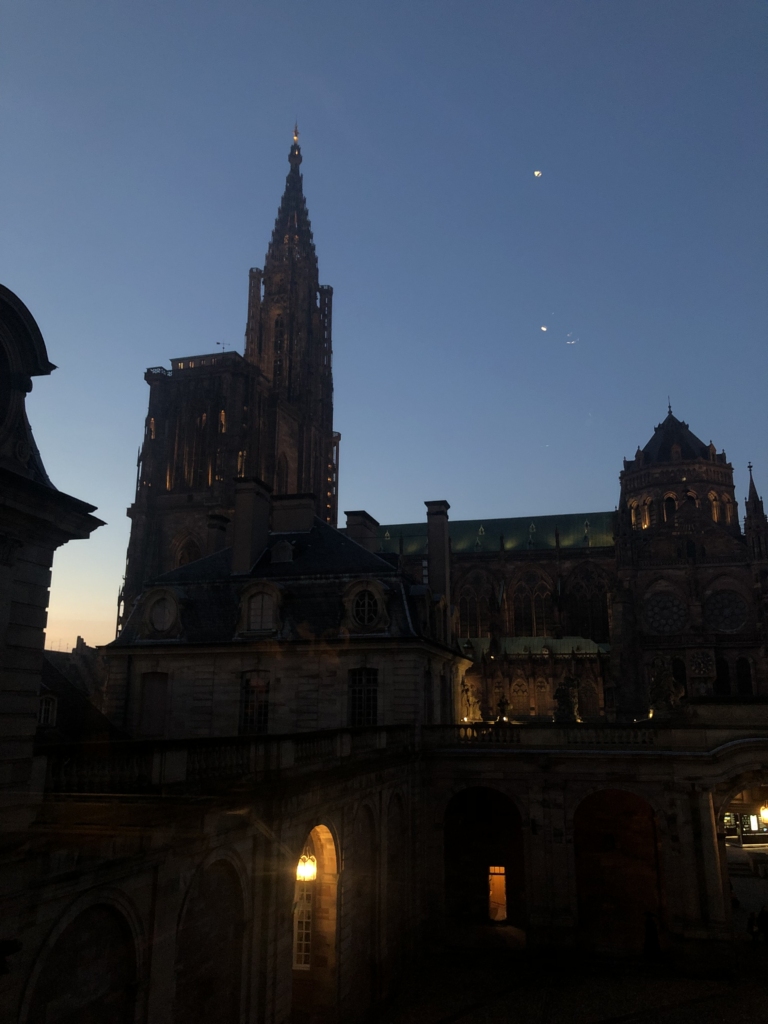
Other stories perpetuate the mystery and prestige around Notre-Dame de Strasbourg: there is a famous legend known by ( I believe every) Alsatian children, which evokes the strange current of air that runs around the cathedral, on the Place du Château, making it always windy : It is said that the Devil once went to Notre-Dame with his horse and run around until he decided to visit it; but in the morning, he found himself imprisoned in one of the pillars of the facade and the horse continued to run ever since… The historic center thus contains multiple stories that bear witness to human heritage and its beliefs!
A few hundred meters lower, we arrive at the lock and the famous district of La Petite France. The pictures below show the southern part of the Grand-Île; the Petite France district is the ‘traditional’ quarter of the city of Strasbourg, famous for its restaurants that serve local cuisine (tarte flambée, spätzle, Baeckaoffe, etc) and its half-timbered houses.
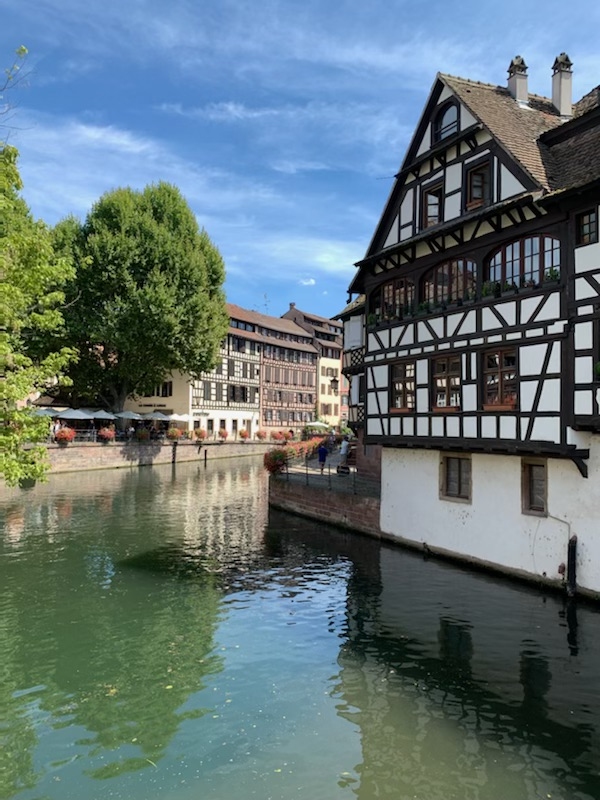
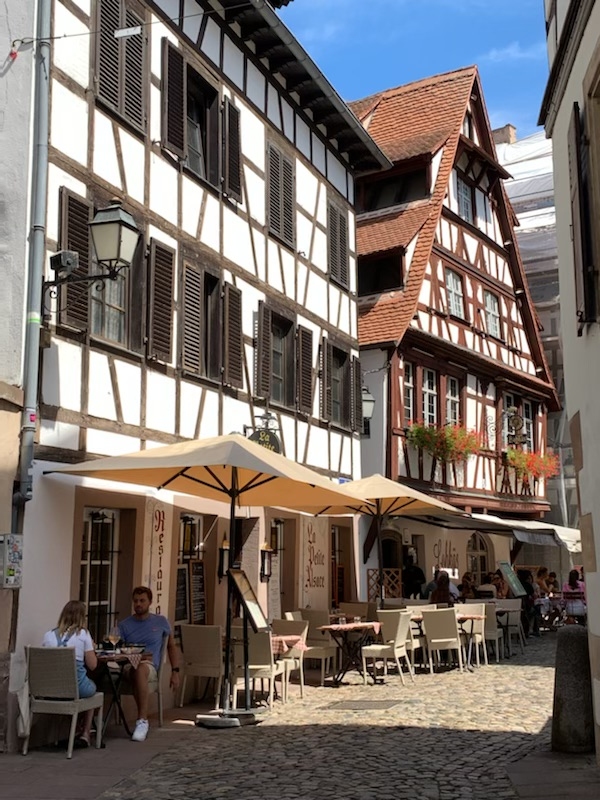
Although the architecture of half-timbered houses does not necessarily originate from Strasbourg itself, this type of dwelling is considered to be part of the architectural heritage because of the very advanced technique it requires and the ancestral traditions it reflects. Entire Alsatian villages kept their half-timbered houses in a remarkable state of repair, which is why these houses became an attraction to themselves and are a very precious trace of the past civilisation. It is also in the Petite France district that most of the city’s corporations had settled. Nowadays, they were replaced by institutions or shops but they still gave their name to streets all over the city : Quai des Pêcheurs (Fisherman’s wharf), Quai des Bateliers (Boatman’s street), Rue des Bouchers (Butcher’s street), …
Outside of the historic center, the print of the Prussian occupation (1871-1918) shows a rupture in Strasbourg’s former architecture. The Neustadt district, which was added in 2017 to the area listed as World Heritage Site, is therefore completely different than the city center in terms of architecture and urbanism.
Bombed in 1870 followed by the invasion of Prussian troops, not only Strasbourg but the whole Alsace-Lorraine region is attached to Germany by the Treaty of Frankfurt. The Prussian government then wishes to make the city a ‘showcase’ of German knowledge and develops a vast urbanization plan organized around an imperial square (today Place de la République), home to many of the largest institutions of the city: the Palais du Rhin, the court of law, the university library, and further along the university palace and the Avenue des Vosges, one of the major axes and the longest (1.2km) avenue in Strasbourg. The two buildings on the pictures below face each other.
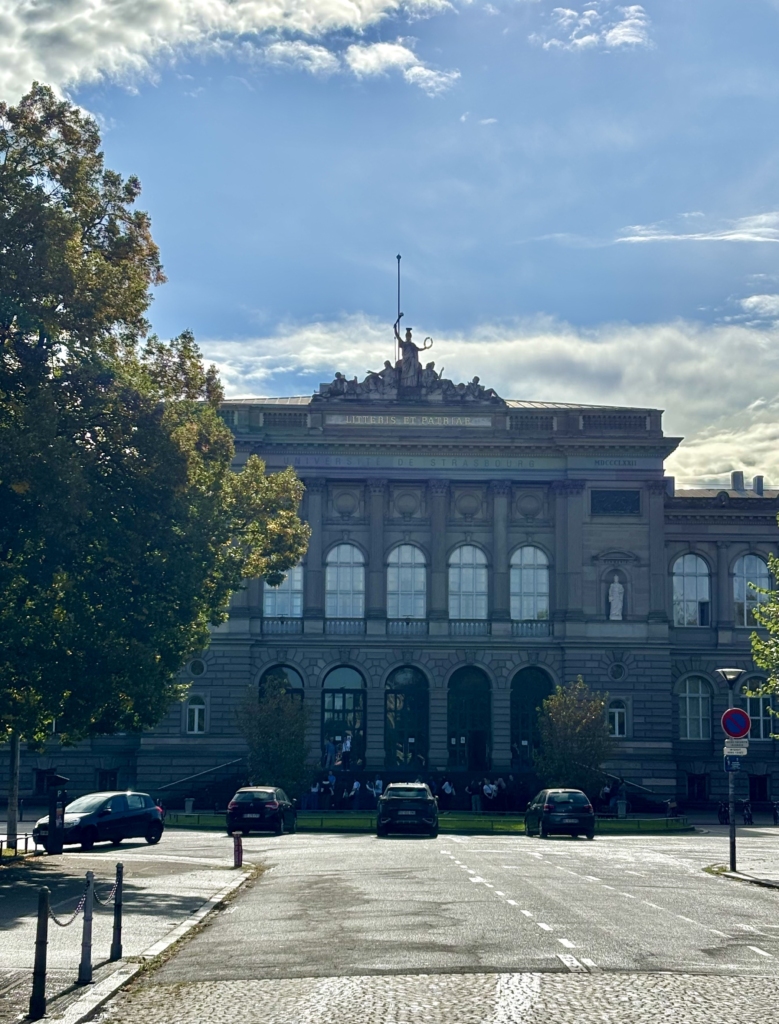
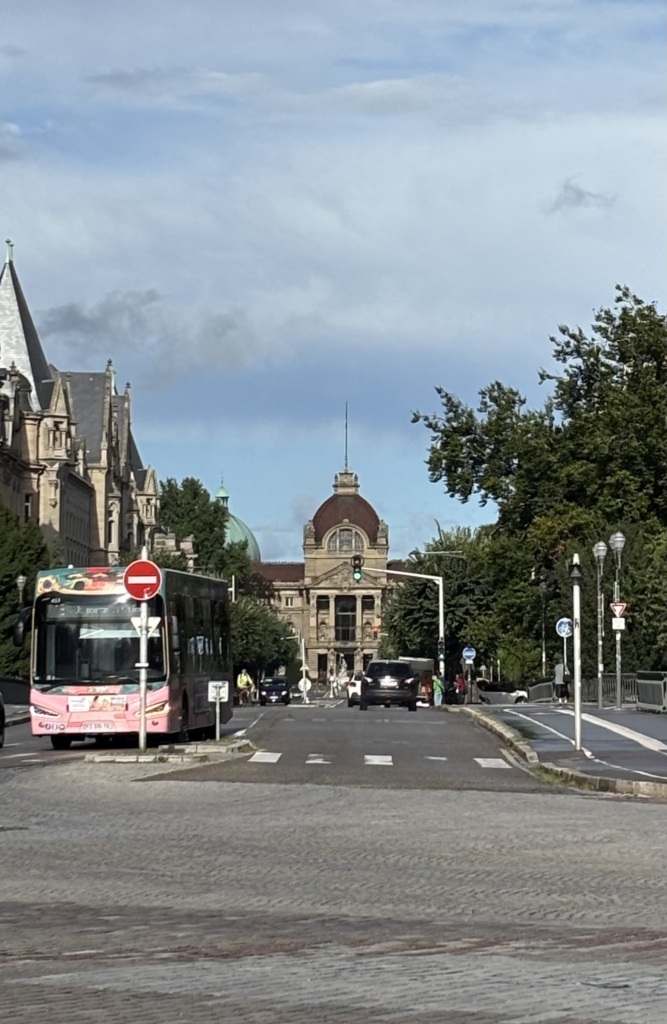
From a cultural point of view, the attachment of Alsace to Germany forced the (French-speaking) inhabitants to speak German; then, when Alsace became French again in 1919 (Treaty of Versailles), the change was even more extreme since people who grew up learning German not only had to speak French overnight, but they also had to change their nationality under penalty of expulsion. It is in this context that Albert Schweitzer, a committed doctor, Nobel Prize in 1952 and grandfather of Jean-Paul Sartre (philosopher and companion of Simone de Beauvoir) was born and grew up in the city of Kaysersberg, around 80km south of Strasbourg.
During the Second World War, Strasbourg experienced a second period of hard Germanisation during which some of the institutions built between 1871 ans 1918 were under the hands of the Nazi regime. The university palace and the national university library for example have very special archives of this era of occupation (medical experiments…)
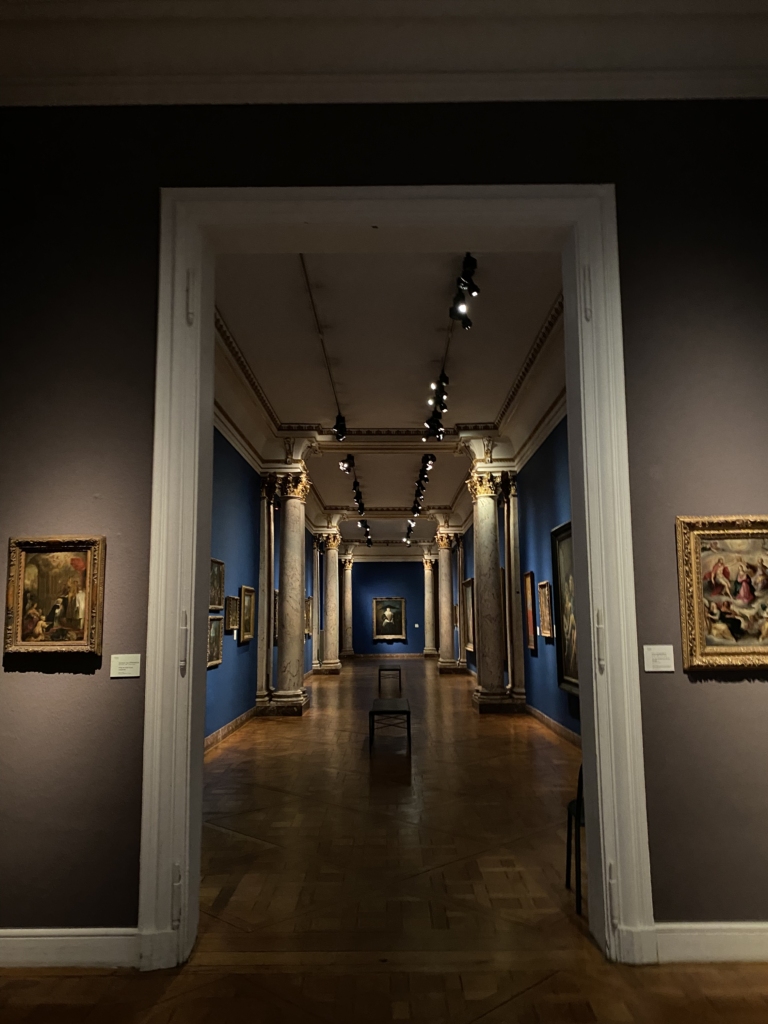
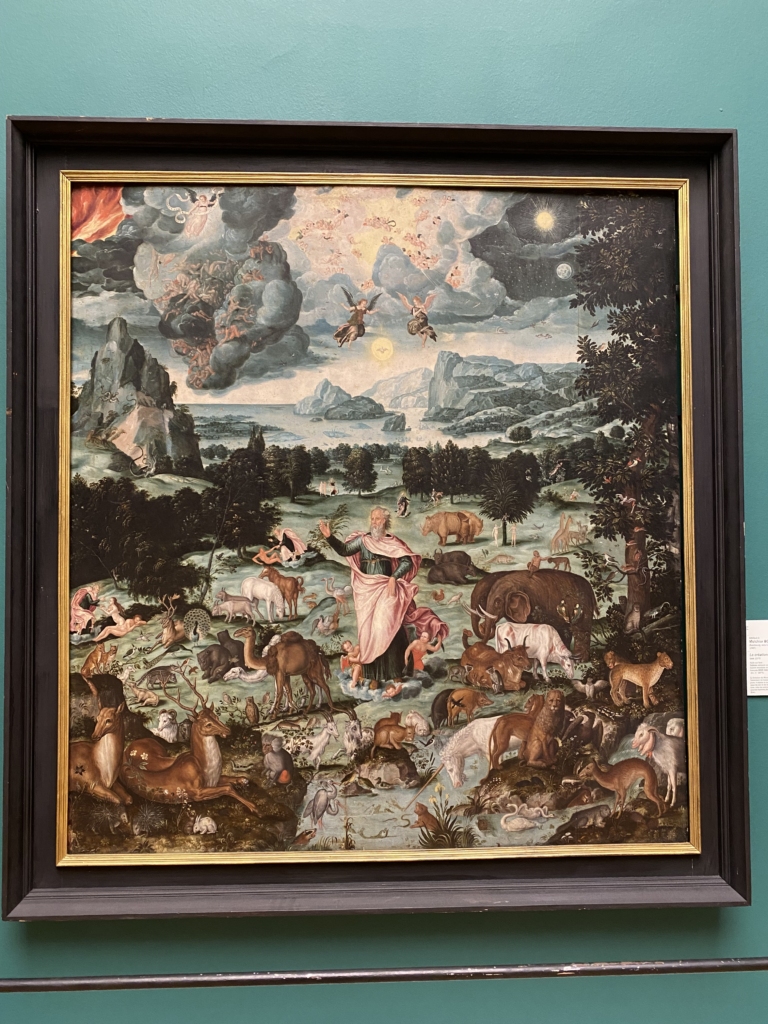
This is where my stay in Strasbourg ends! During the first days, I wondered what I was going to discover about Europe, we, who have been studying its history since we were children, and I, who fall in love with this diversity to the point of studying it more in depth and making it one of my life quests.
While travelling through these countries, I discovered what made each of them authentic: history, gastronomy, traditions… yet, there is indeed a field that connects them all, the arts, and by that, I also mean what is kind of metaphysical, unexplainable, the seconds that people share together in a same time and place, what was left behind decades ago and that we are discovering today with a new glimpse. This is art. It may be subjective, but by visiting all these museums, wandering the streets in a curious and a bit lost way, I got closer to what the people who live there on a daily basis can feel, what weight they’re holding on their shoulders, what story comes to their mind, what beats in their heart. The Unknown to which I offered myself when I left made me understand that we are indeed very different, but in a way that links us without scientific explanation. Everything is there, in front of us, maybe in each one of us too; and it made me realize that the share of history that each of these cities is holding, the architecture, the musicians, the artists, the historical and human heritage, all together, they – we – form a great and colorful mosaic.
My weekend in Strasbourg ended with the annual illuminations of Notre-Dame Cathedral, which made me think that to Old and New, Past and Present must compose together, because it can create beautiful surprises if not new experiences!
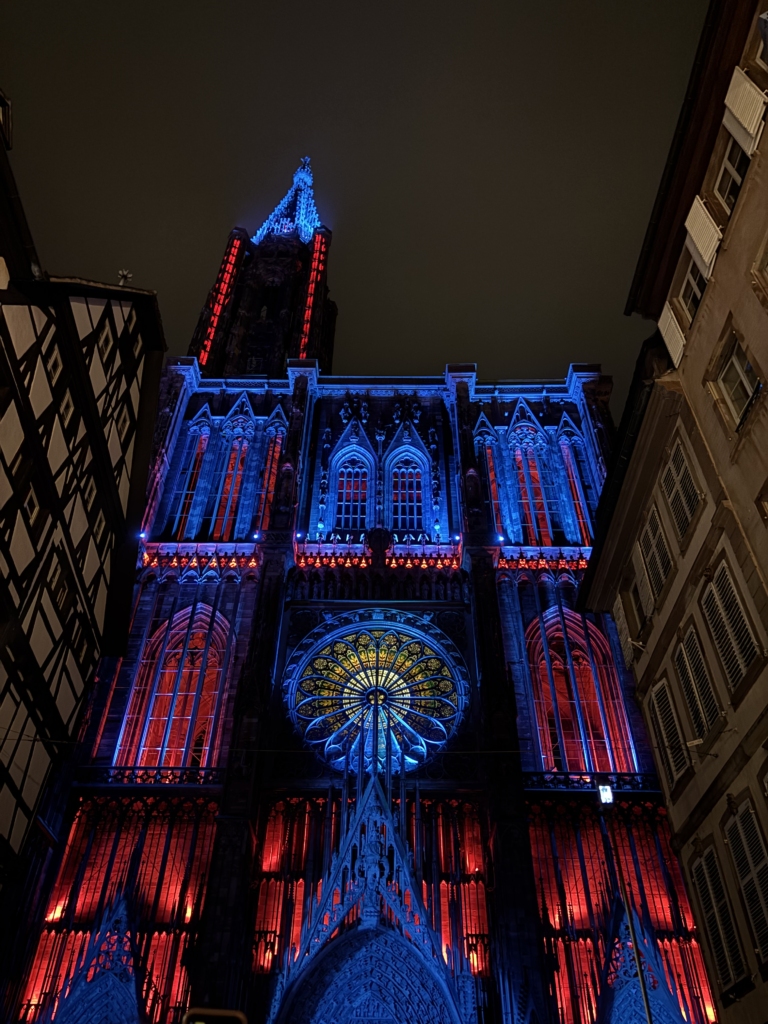
Thank you for following my trip, I hope that these thoughts have brought you a few drops of light, in the same way that I learned a lot by reading and visiting museums to bring you the most truthful information!
Special thanks to the entire OWHC team, without whom it would not have been possible, as well as to Paula, Florence, Karolina, Suzanne, Dagmar and Marion who enlightened me on the subjects and places that animate them! It is sometimes said of teaching that its purpose is not to fill the vase, but to light the flame and the mind; and rightly so, each of them changed me in a way that means a lot and I will remember every second of it. To you, I say: thank you!
I am looking forward to hear from you someday, and in the mean time, I wish you a beautiful life path!
Sophie
Salzburg (Austria) welcomes you with its sunshine, greenery, colorful lights, cows and traditional houses ! The land is crossed by the Salz River, and its two banks are distinctly different in terms of landscape and architecture, but above all they complement each other: on one side, the old town and its Italian heritage; on the other, the new town and its more recent buildings; all surrounded by the Kapuzinerberg, Mönchsberg and Hohensalzburg mountains.
The picture below shows a panoramic view of the Old Town. You can pretty much see the different architectural styles from different periods that make up the Old Town district: the Hohensalzburg (up-right), which dates back to the Middle Ages (1077); the Salzburg Cathedral with its green dome (17th century, Baroque) and the Collegiate Church or Kollegienkirche, with its black dome (1707, Baroque).
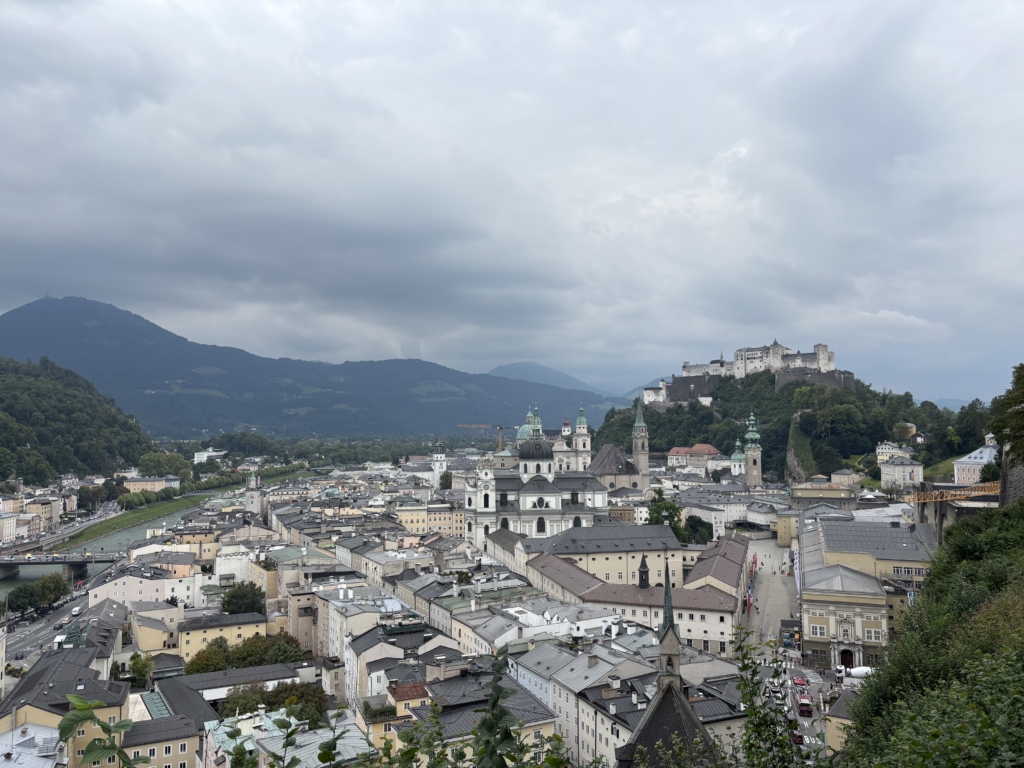
As its name suggests, the Collegiate Church is linked to the Benedictine University of Salzburg, founded in 1622. It is also noteworthy that, as it was also the case for the University of Prague (1348) which I mentioned in my previous post, law, medicine, philosophy and theology were taught there.
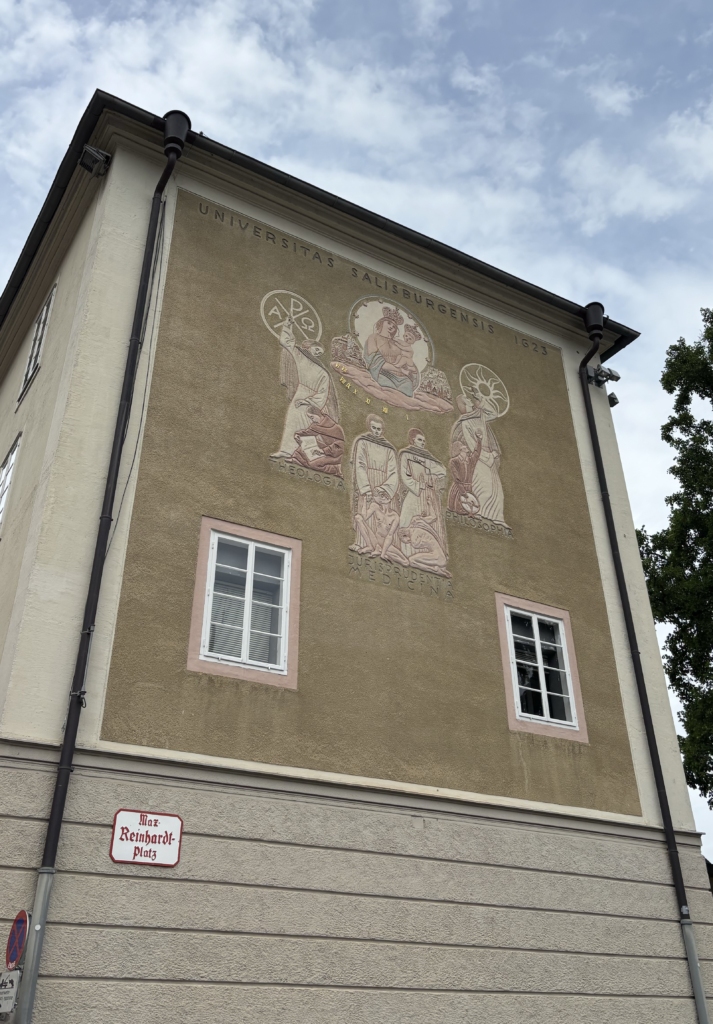
Speaking of education, Hohensalzburg Fortress has a museum that displays various objects and artefacts relating to the city’s history. Among the exhibits, I came across a tilted stove, which dates back to around 1570, featuring the ‘7 Liberal Arts and Planets’, pictured as human beings. The seven liberal arts, translated from the Latin ‘artes liberales’ meaning ‘knowledge, field that liberates the soul’, refer to two cycles of intellectual disciplines, seven in total, which date back to the origins of education during the Antiquity. The first cycle (trivium) refers to grammar, rhetoric and logic; the quadrivium refers to astronomy, geometry, arithmetic and music.
I did not expect to come across such a symbolic object representing the high function of education in the 16th century, even less so at the top of a hill!
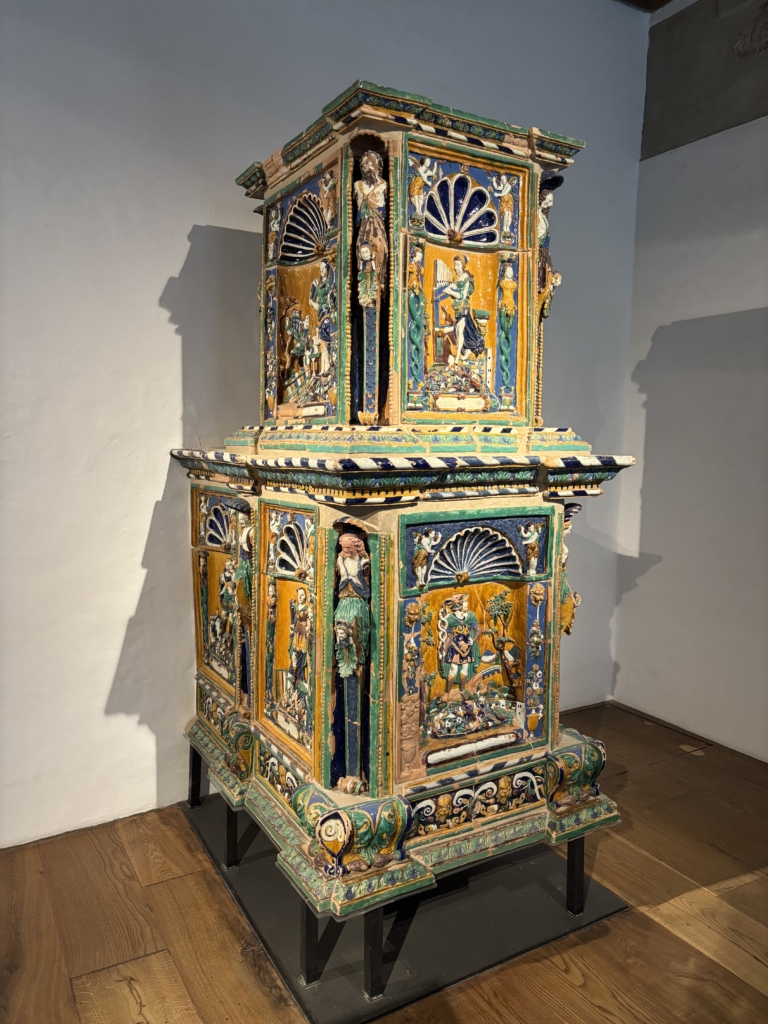
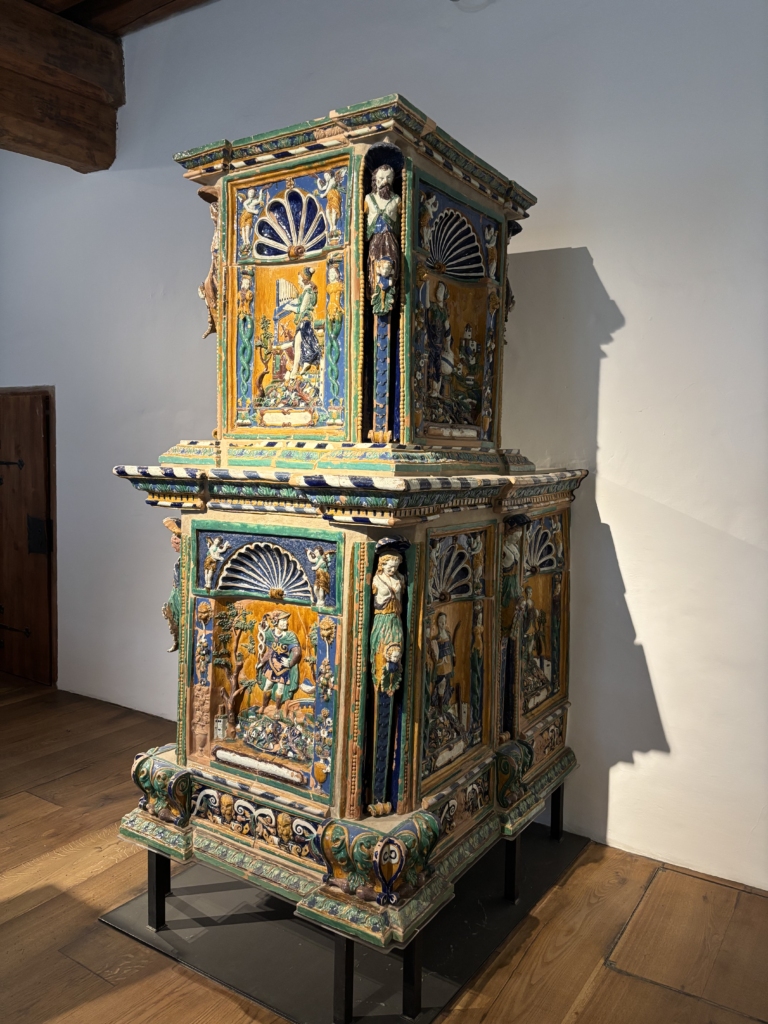
Returning to buildings and churches, since Salzburg has many of them, you will find below a good example of the alignment of the architecture and its Italian-renaissance influence. If you look closely at the Statue of the Virgin Mary (left picture), you can see that it is placed in front of a crown held by angels on the Cathedral itself. On the other hand, the Kollegienkirche (right picture) is built in such a way that sunlight enters from the altar side, above which seventy-one angels can be seen arranged on clouds around the window. Here again, these details reflect a symbolic consideration in the building’s design.
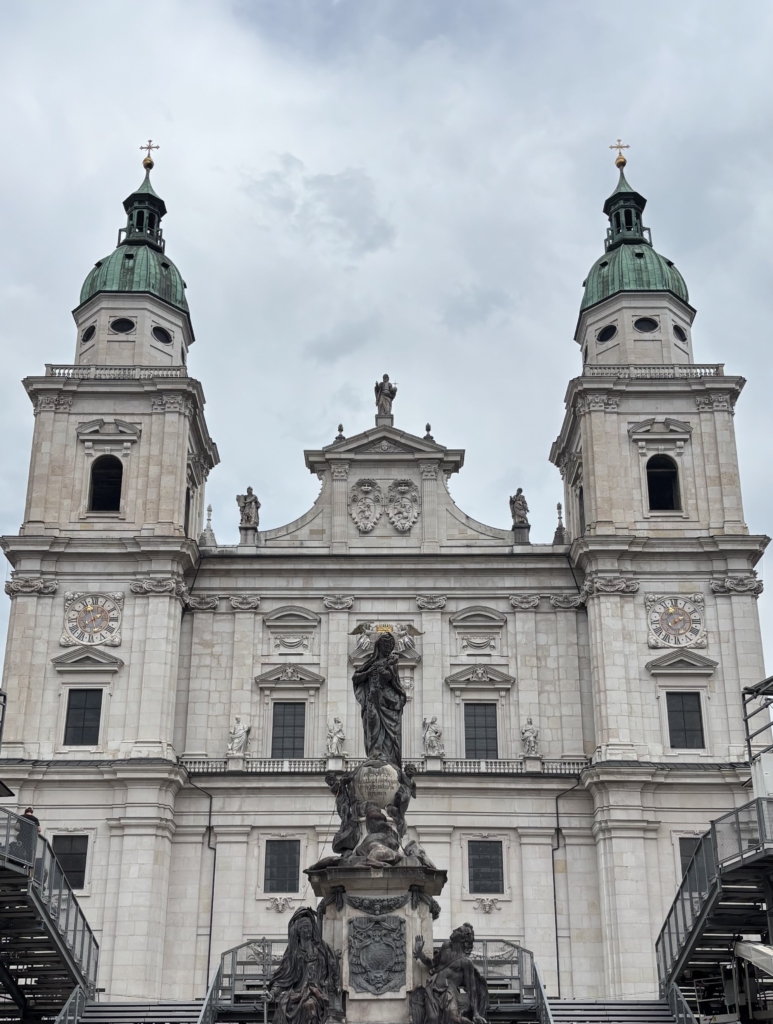
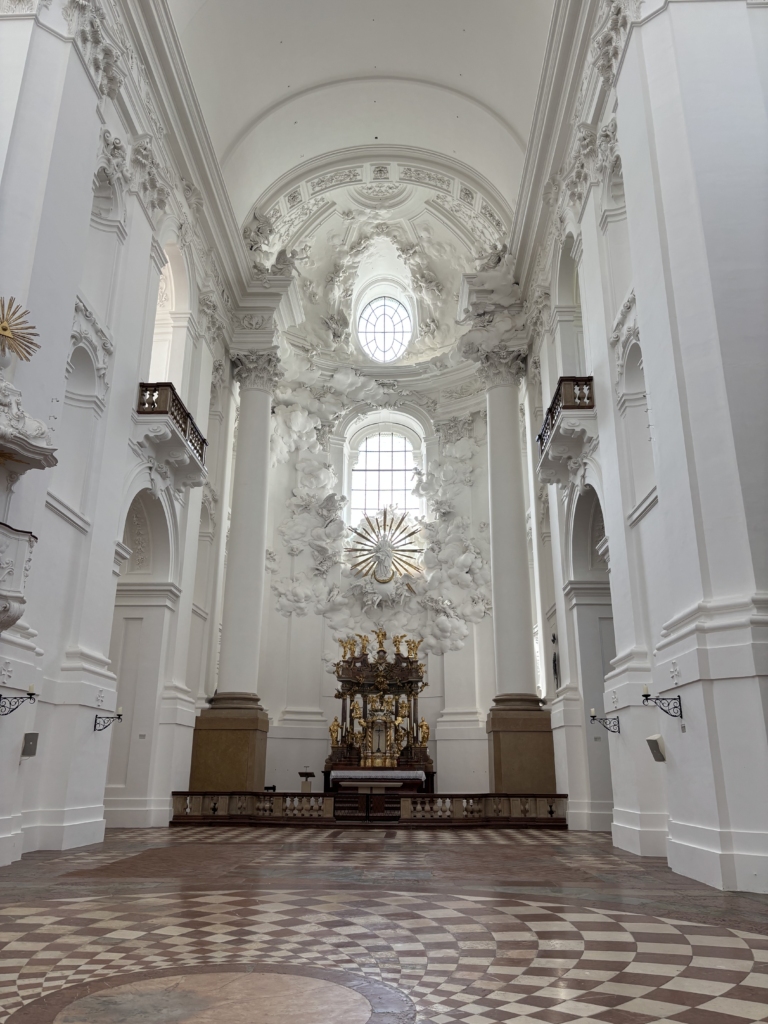
Built in 1606, Mirabell Palace, which belongs to the UNESCO World Heritage list, now houses the offices of the Mayor of Salzburg and the municipal administration. Suzanne and Dagmar showed me the Marmorsaal (where you can get married!) and taught me how to make the difference between marble and other rocks: by the temperature! The Garden is beautiful and welcomes thousands and thousands of flowers, fountains and marble statues representing mythological figures but also dwarfs, 17th-century caricatures, representing famous sports games or even the 12 months of a year. Salzburg’s Dwarf Garden (Zwergerlgarten) is the oldest in Europe.
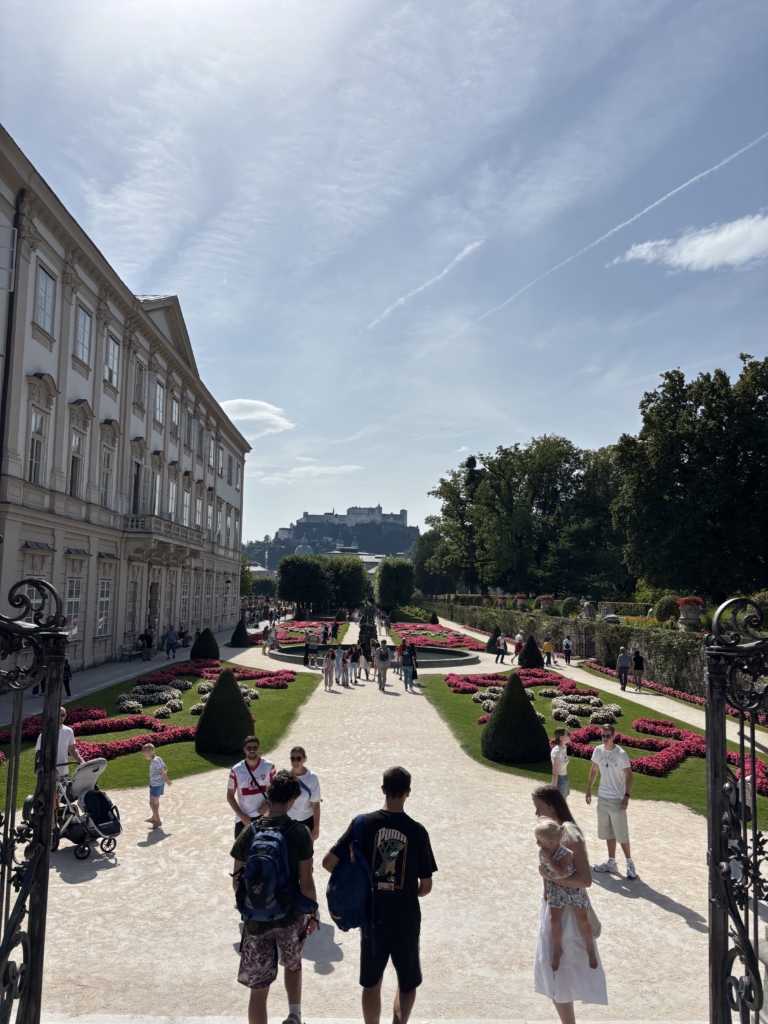
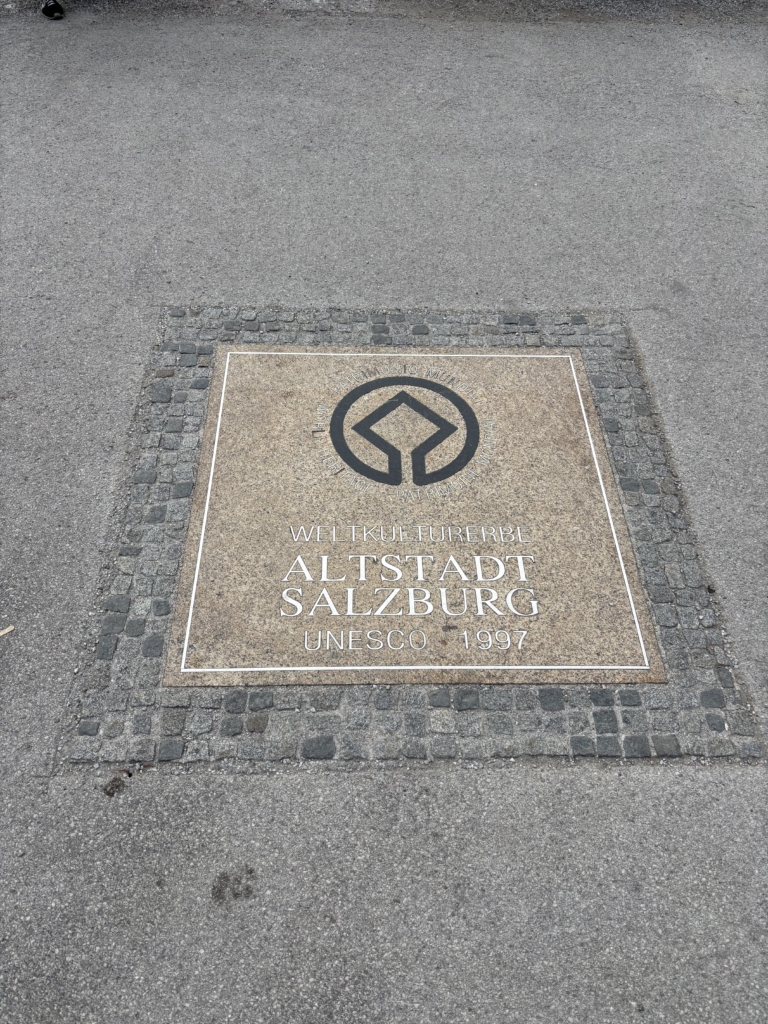
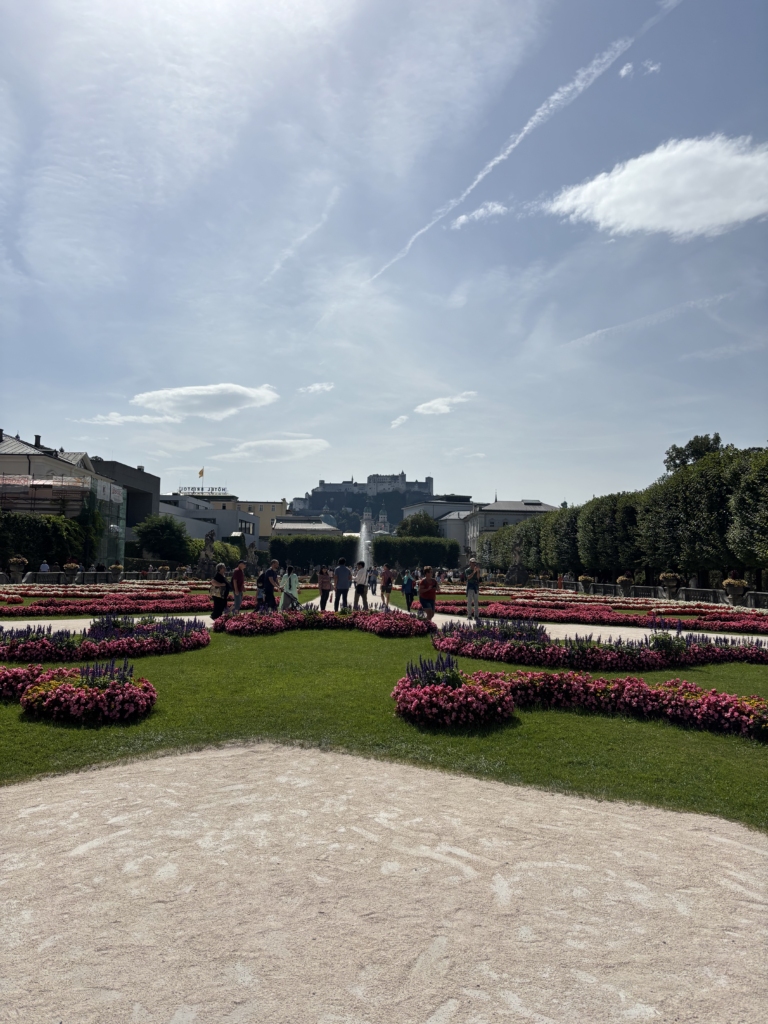
Before concluding this chapter, it is essential to mention the names of some of the artists who used to live here and also contributed to the city’s history and its representations.
Georg Trakl (1887-1914) was an Austro-Hungarian poet who had a troubled life; his works are filled with a unique, dark imagination, influenced by certain obvious Germanic poets: Hölderlin, to whom we owe the expression that I love, ‘Full of merit, yet poetically man dwells on this earth’, Novalis (and for the record he despised Goethe); on the French side, he appreciated Charles Baudelaire and Arthur Rimbaud. If you have already read some of their work you can already guess the tone of its poems. Part of his work is devoted to depicting the landscapes and traditions of Salzburg, which is why plaques such as the one pictured here can be found in several corners of the city.
The second, famous composer Wolfgang Amadeus Mozart (1756-1791), needs no more introduction I think! Born and raised in Salzburg before leaving for Vienna, he is known for his Requiem ‘Lacrimosa’, Eine Kleine Nachtmusik, Letter to Elise, but I would also highly recommend its Symphony No. 41, ‘Jupiter’, composed in 1788! Johannes Brahms even considered it superior to Beethoven’s work. It is up to each individual to form their own opinion…
Not to mention other major figures who spent time in Salzburg, such as Stefan Zweig (who stayed there from 1919 to 1934), conductor Herbert von Karajan (1908-1989), or actor Max Reinhardt (1873-1943) and writer Hugo von Hoffmanstahl (1874-1929) who both created the Salzburger Festspiele in 1920, a theatre, opera and classical music festival that has been held every summer since then. It was precisely for its tranquillity, artistic prestige and Baroque architecture that the city of Salzburg was chosen.
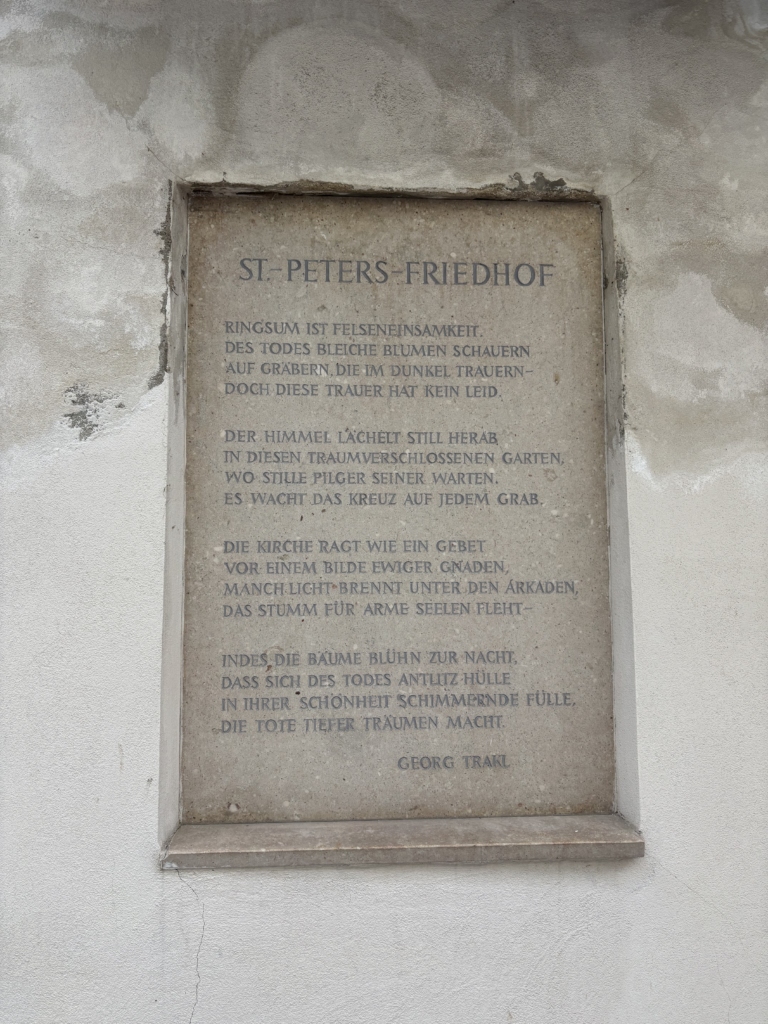
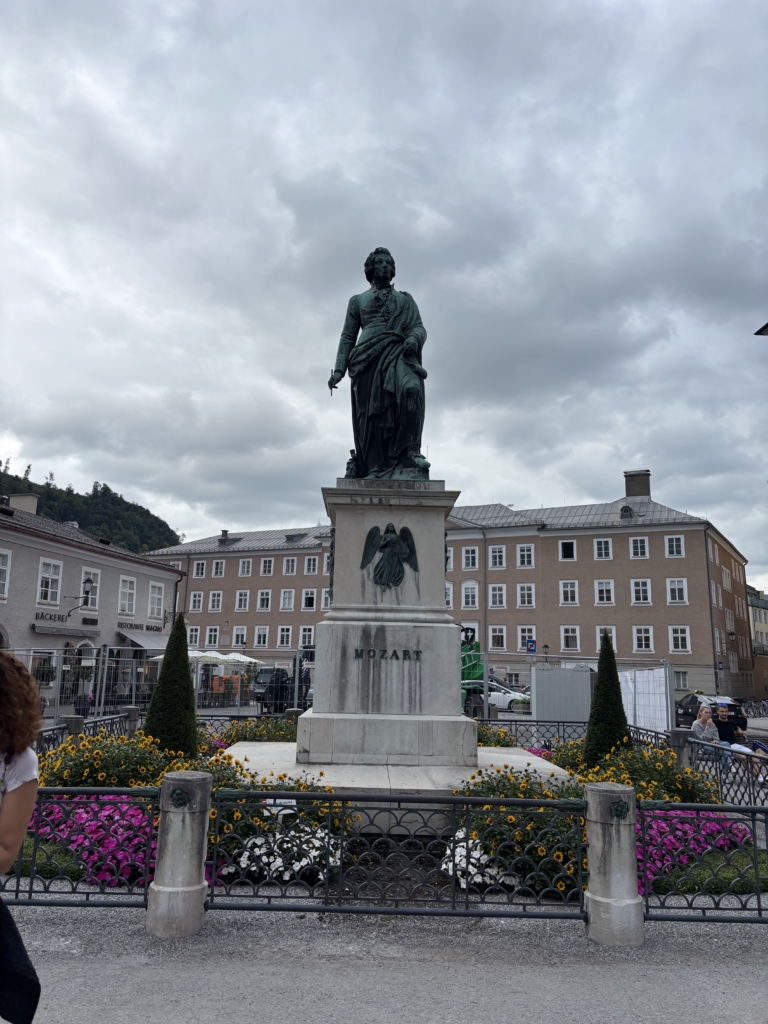
This is where my stay in Salzburg comes to an end. I would like to thank Suzanne, working in communication, and Dagmar, a building historian who studied art history, who work for the city of Salzburg and UNESCO and offered me a fascinating day-long tour of the city! I learned a lot of things in areas I wasn’t necessarily familiar with. They brought me in most of the places I reported here, along with explanations, and lively discussions over a delicious meal!
From its city streets to its mountain peaks, this city will take you on a journey you are definitely not used to! One last thing that may raises your interest: a museum dedicated to the heritage and legacy of the city of Salzburg will open its doors near Mirabell Palace in 2026. Given all that this city has to offer, as well as its pleasant atmosphere, I can only recommend you to come visit these places. Winter is probably a beautiful season too, as Salzburg will host its annual Christmas market!
The next and final stop is Strasbourg, my homeland. See you there, dear travelling companions!



